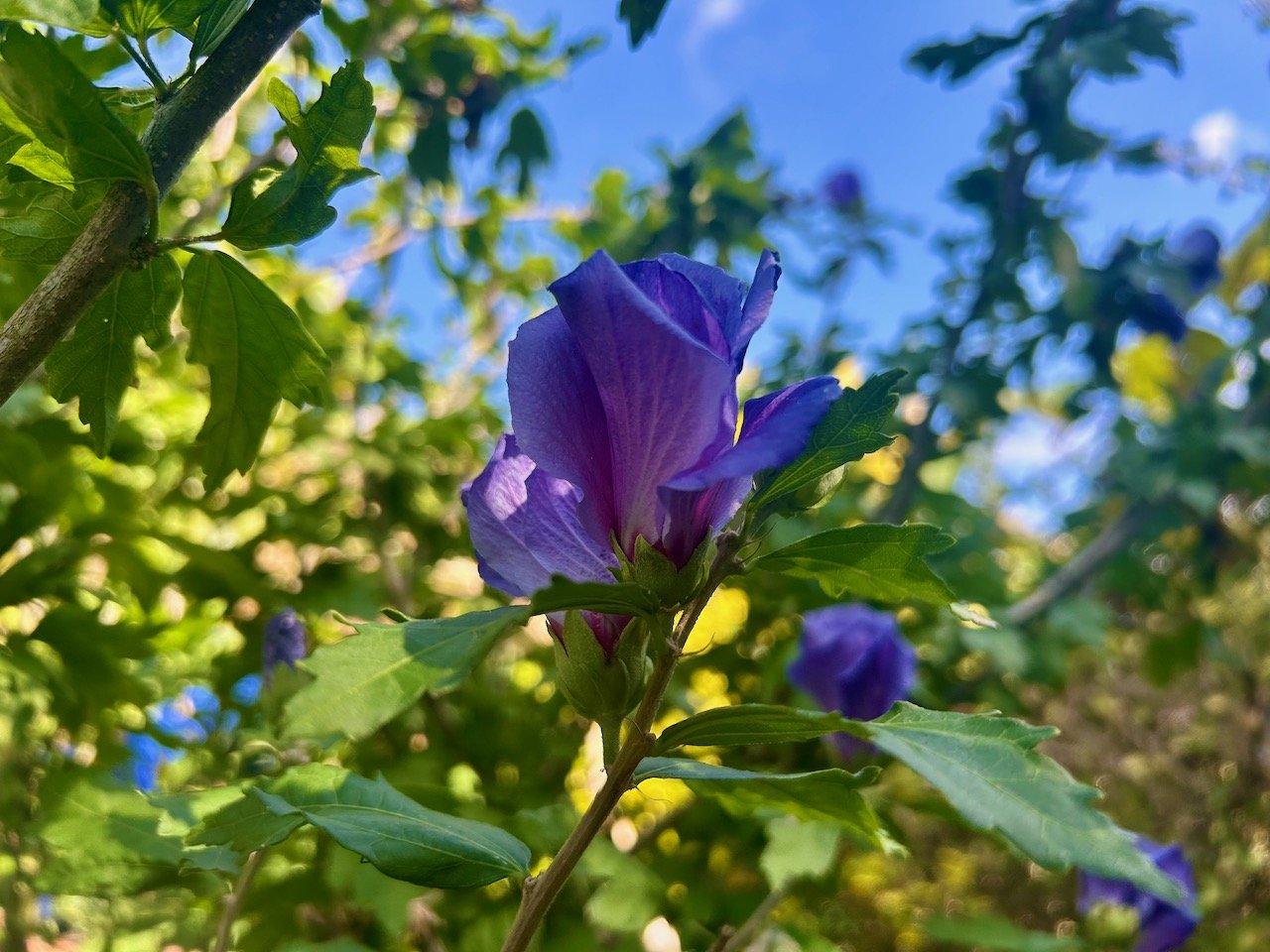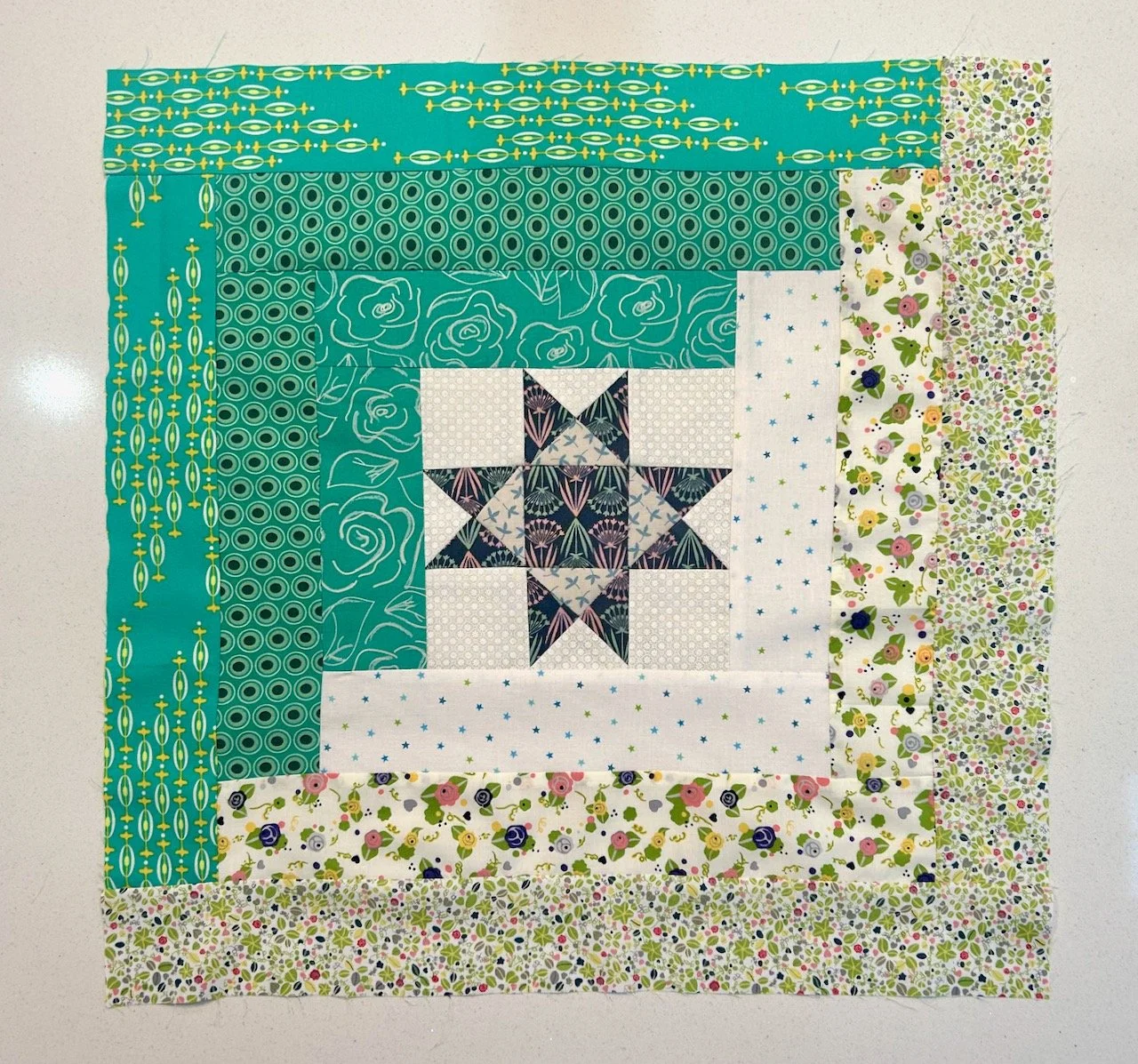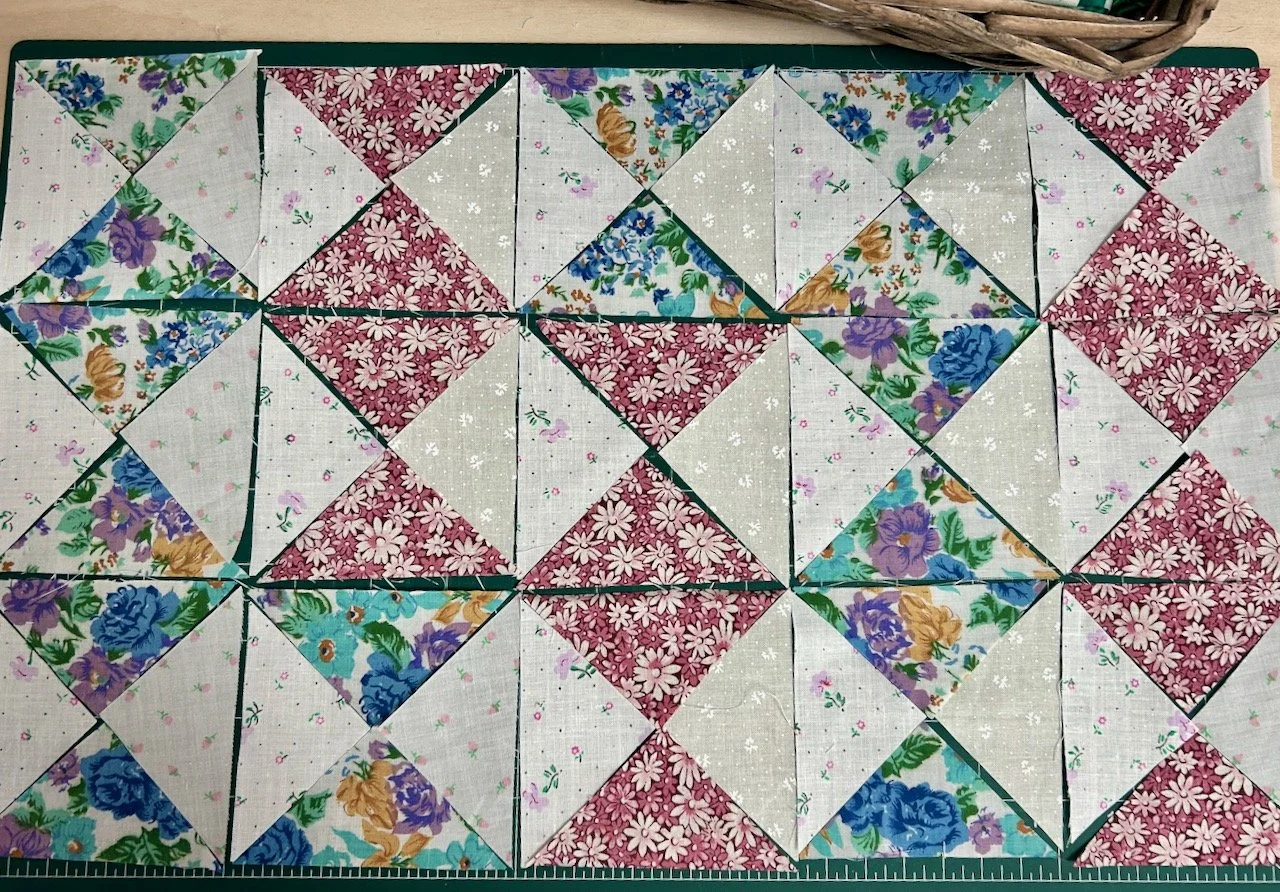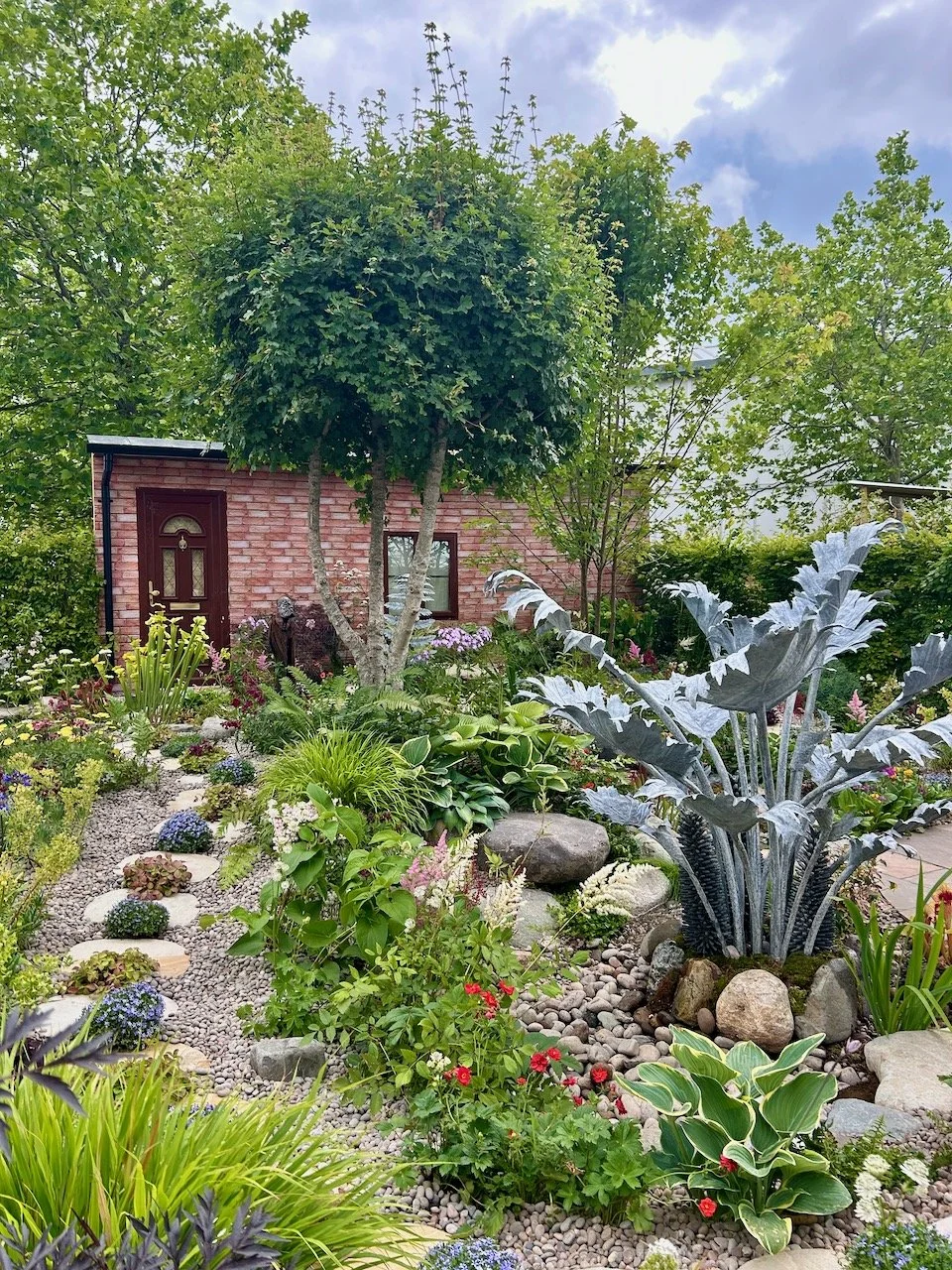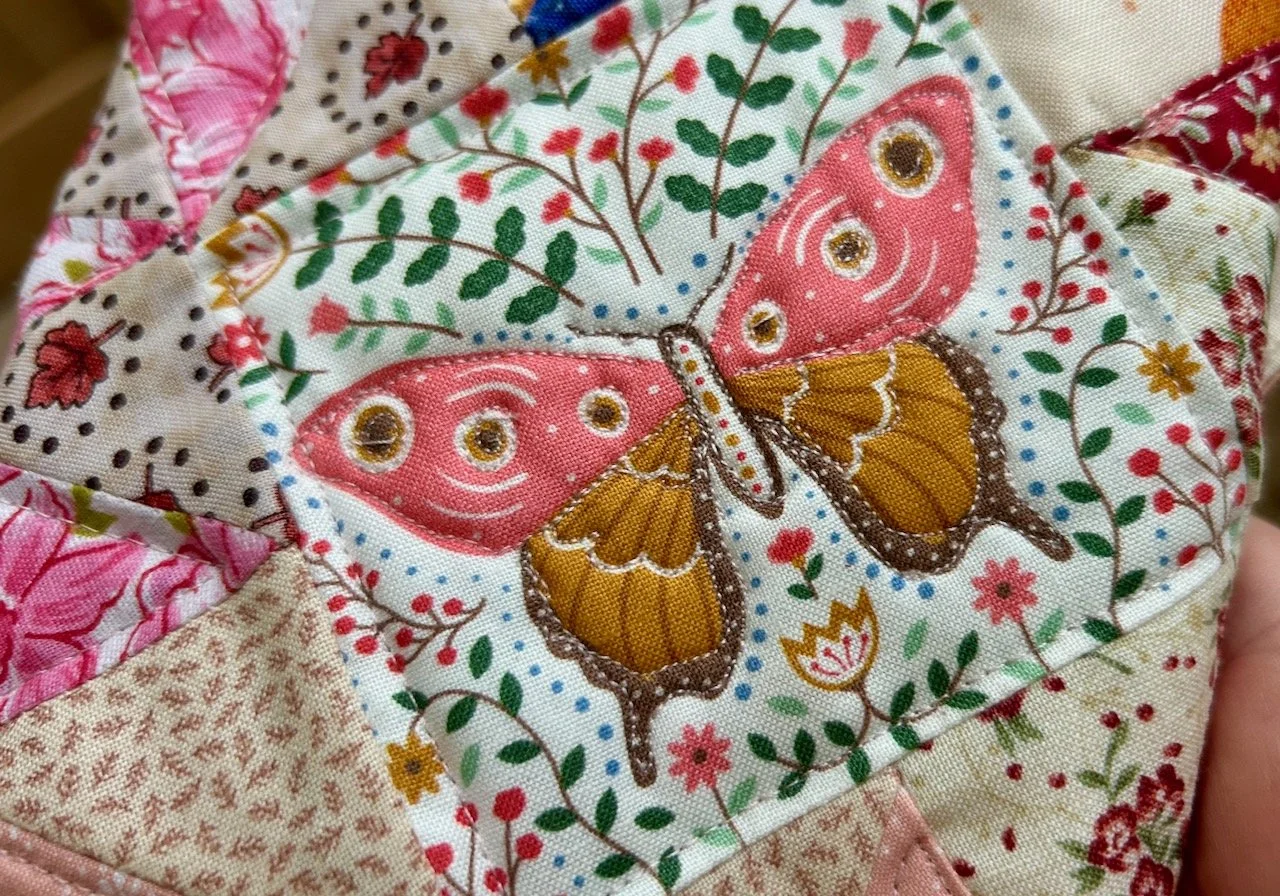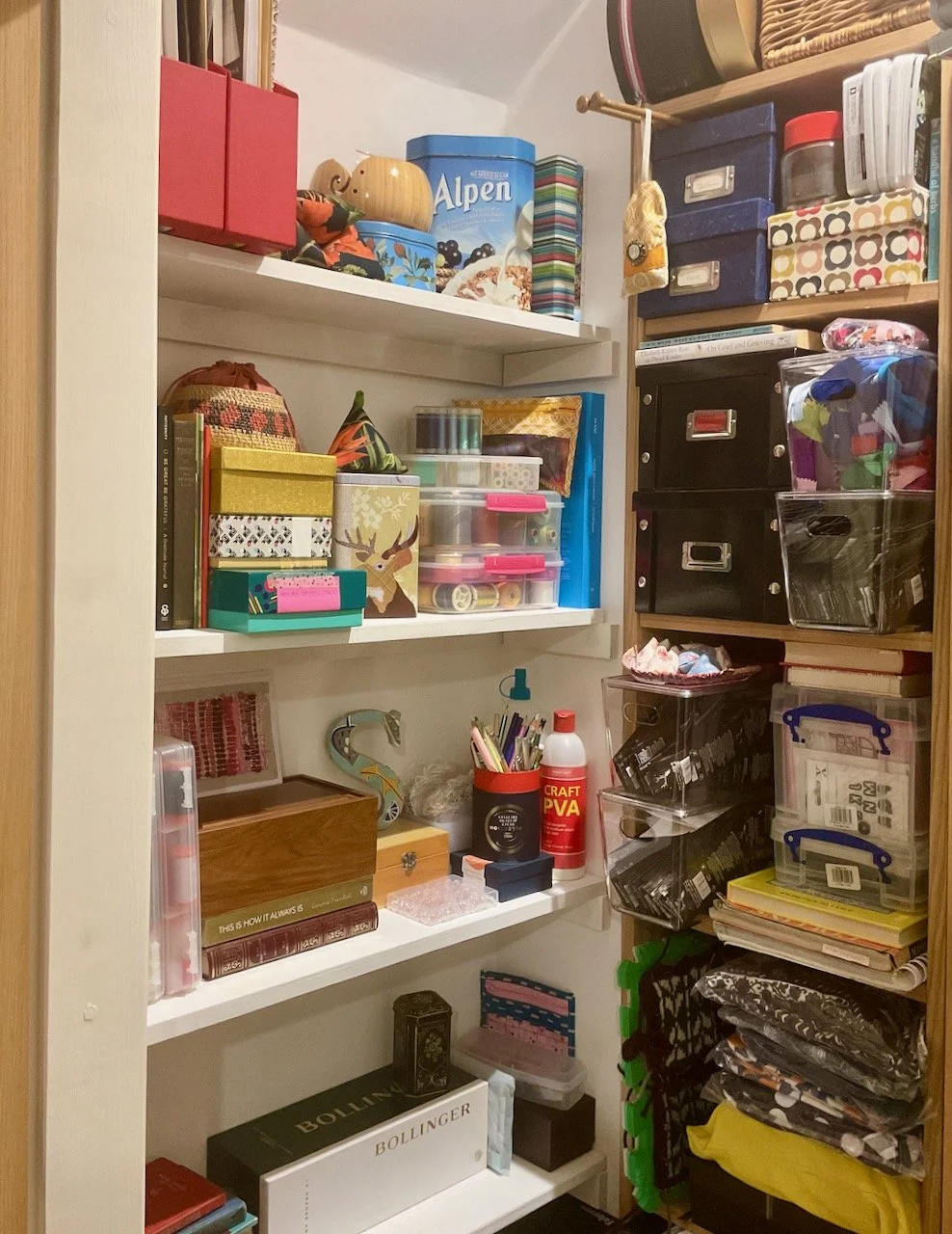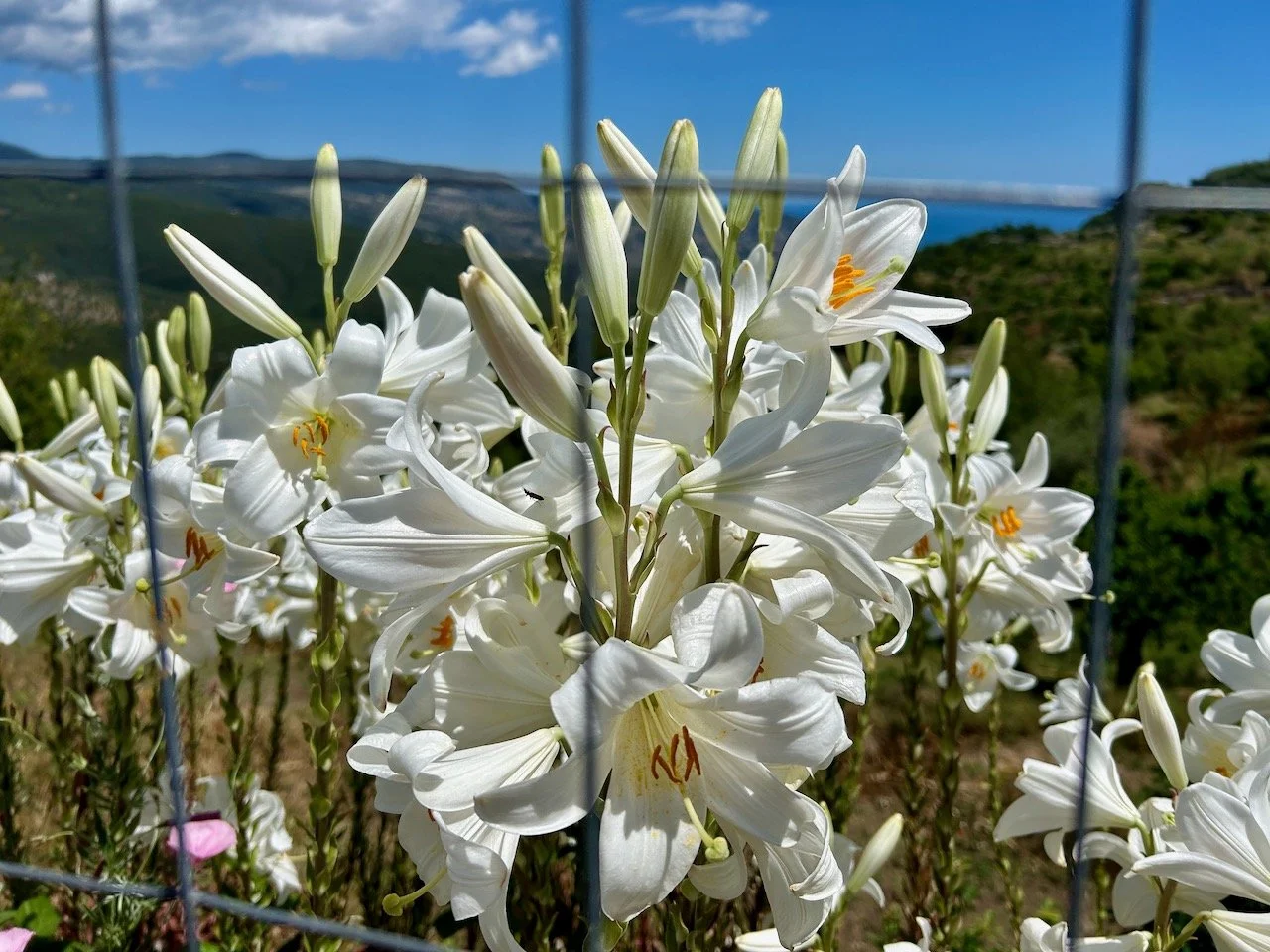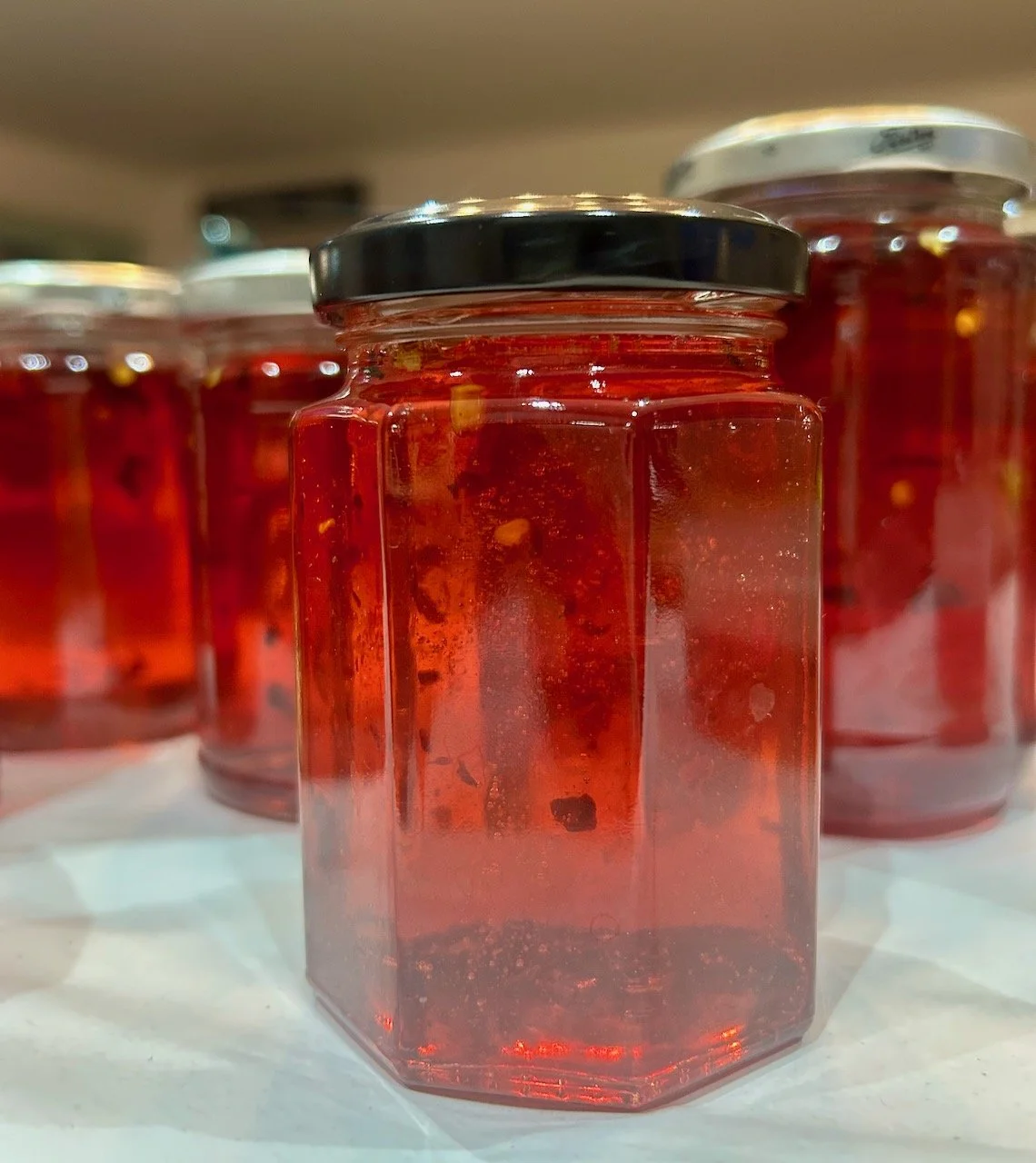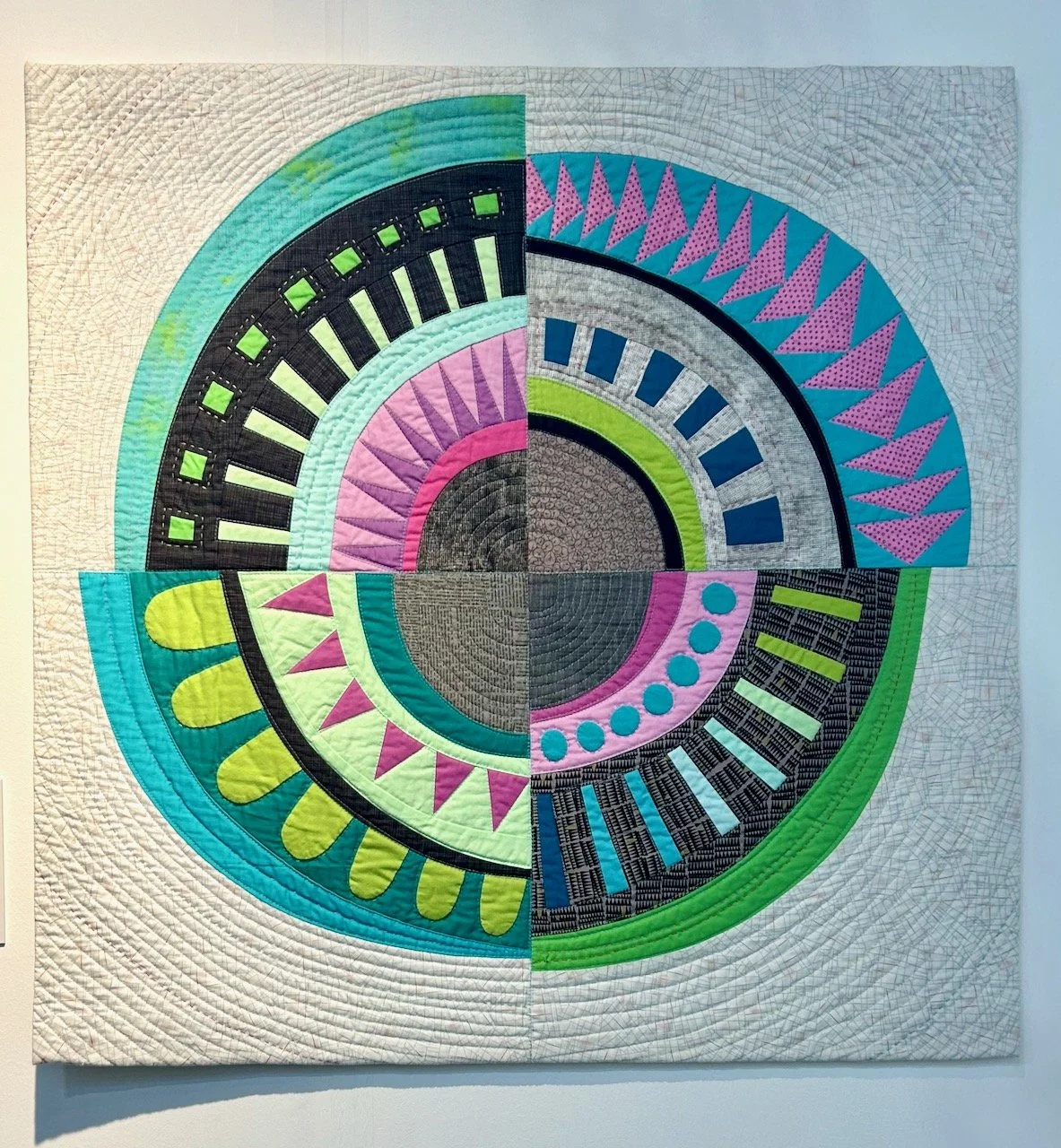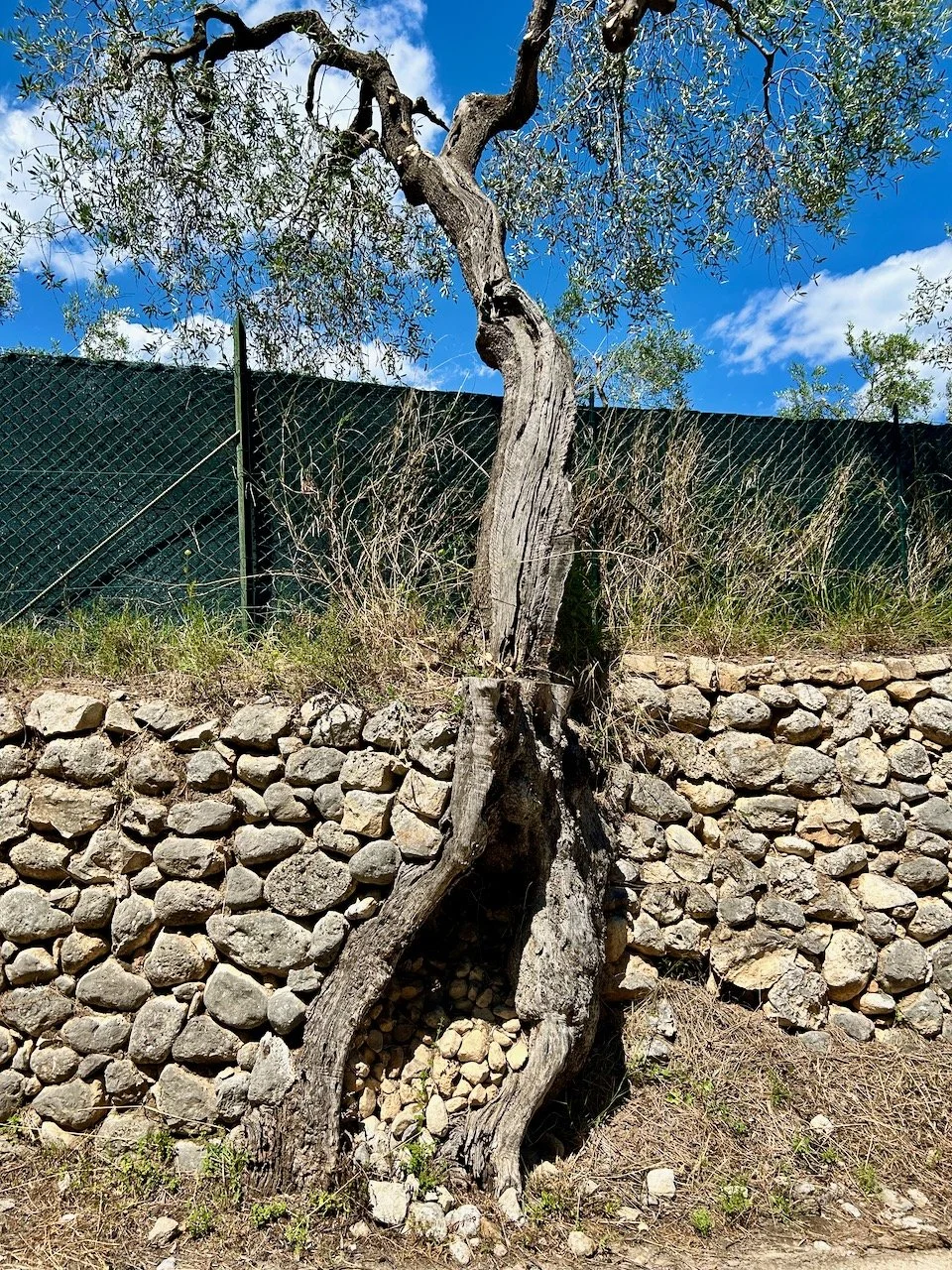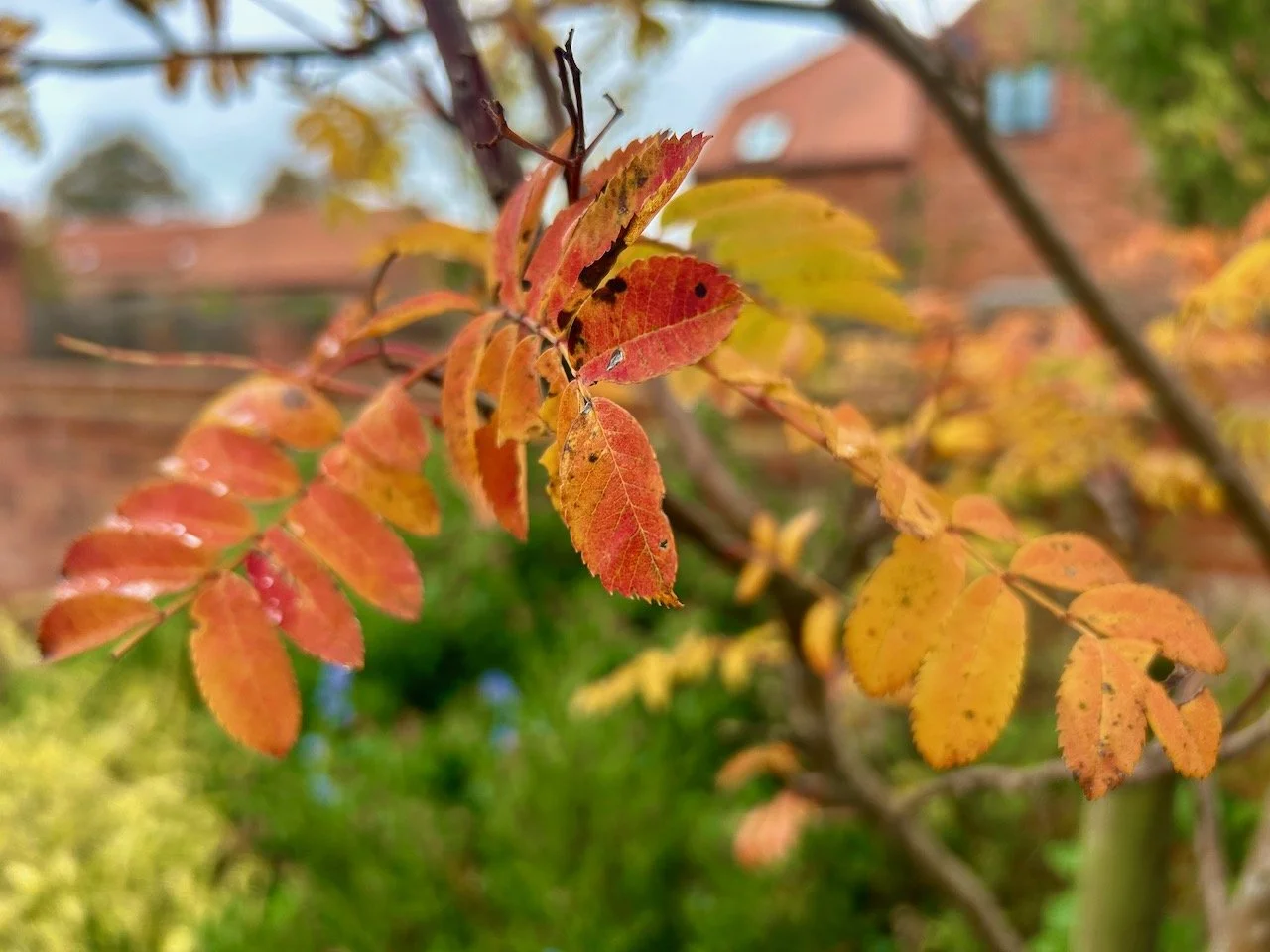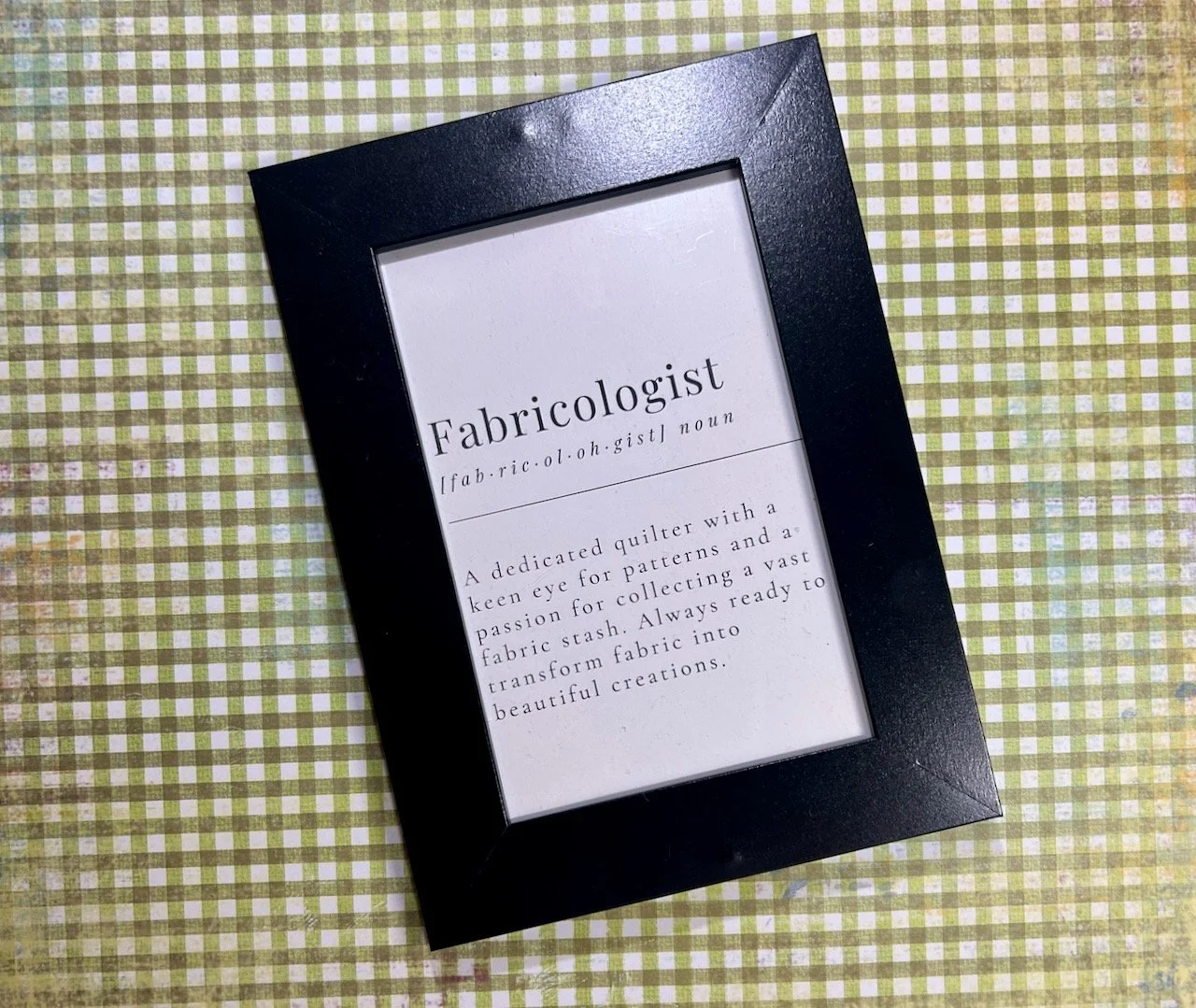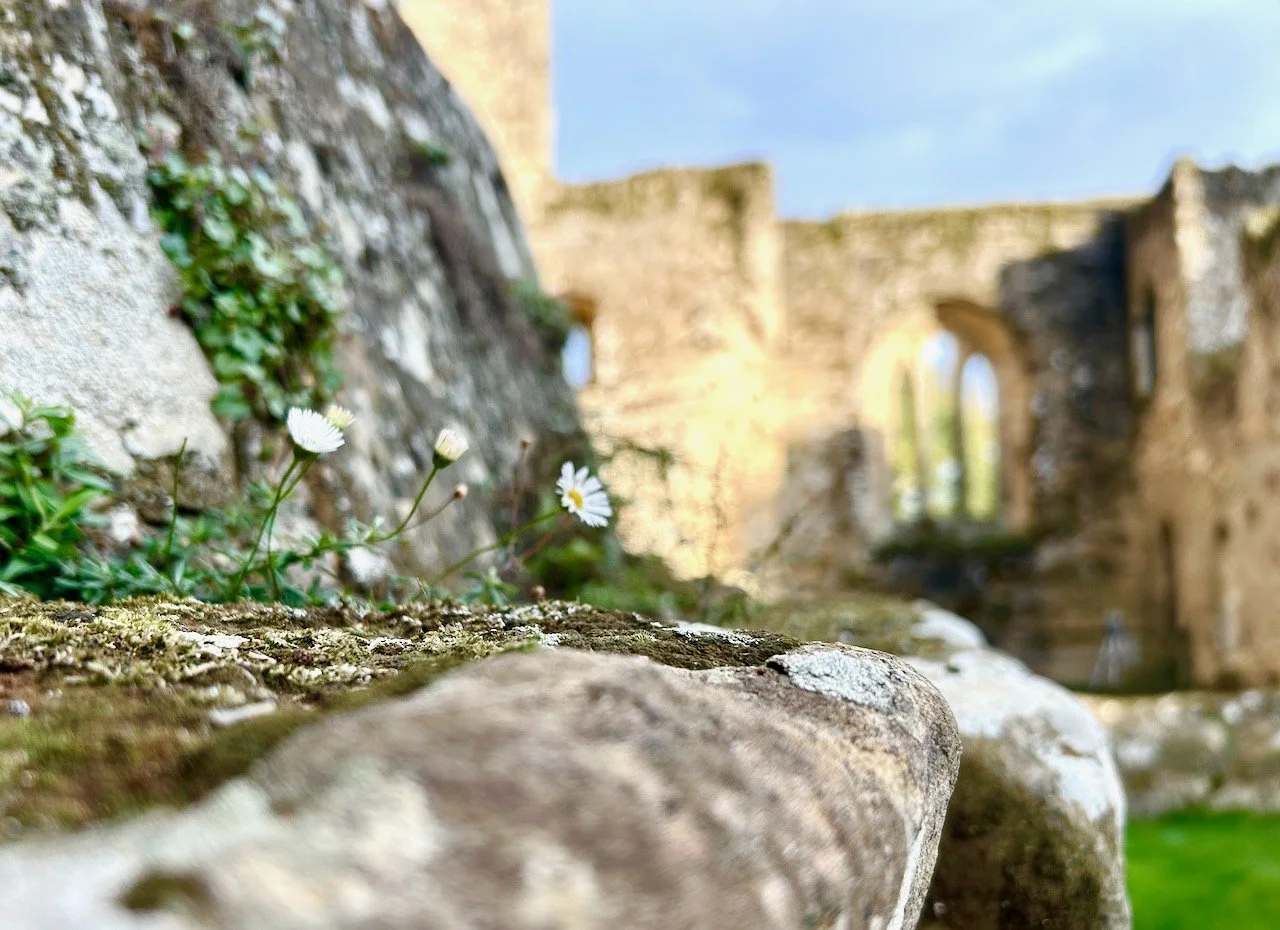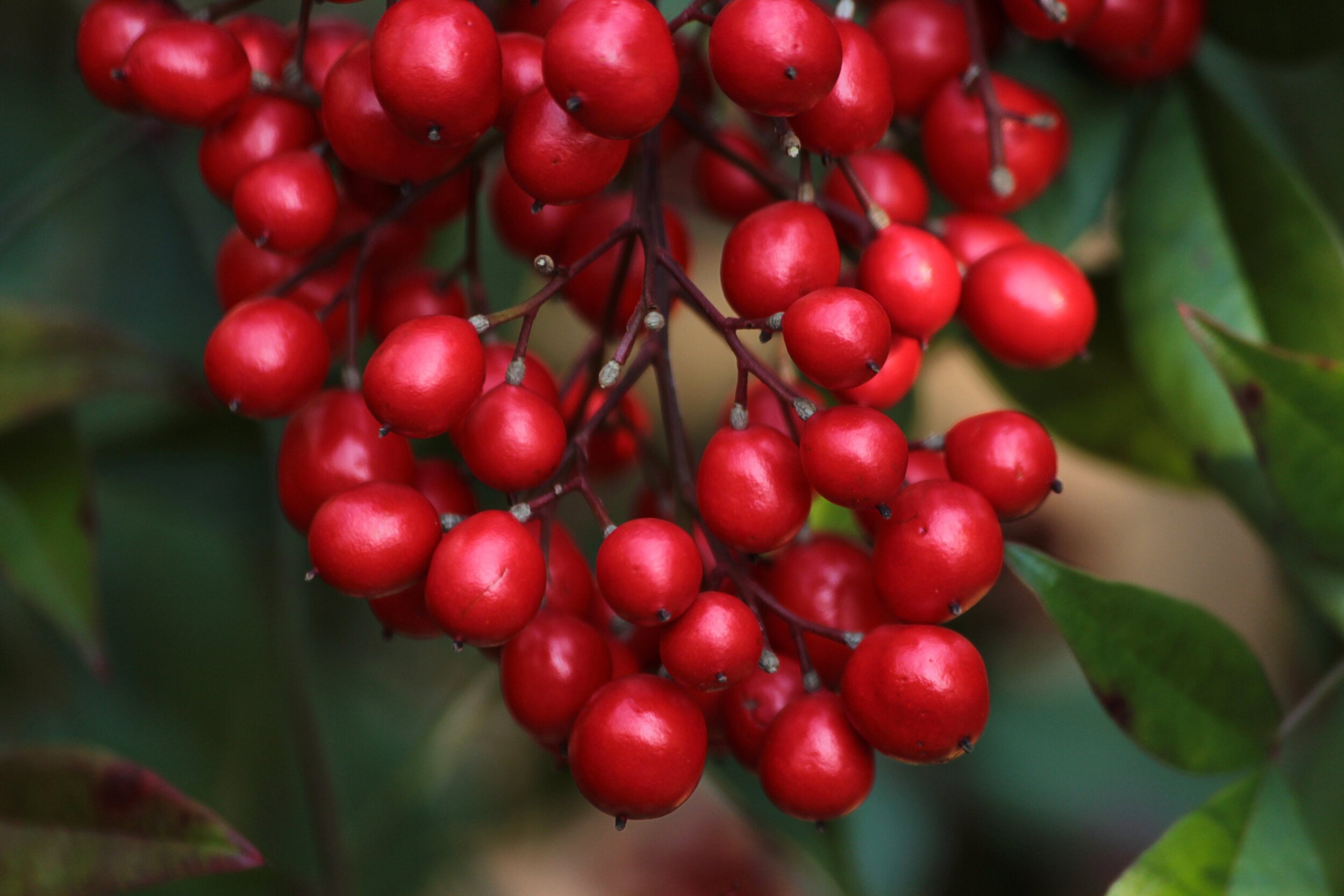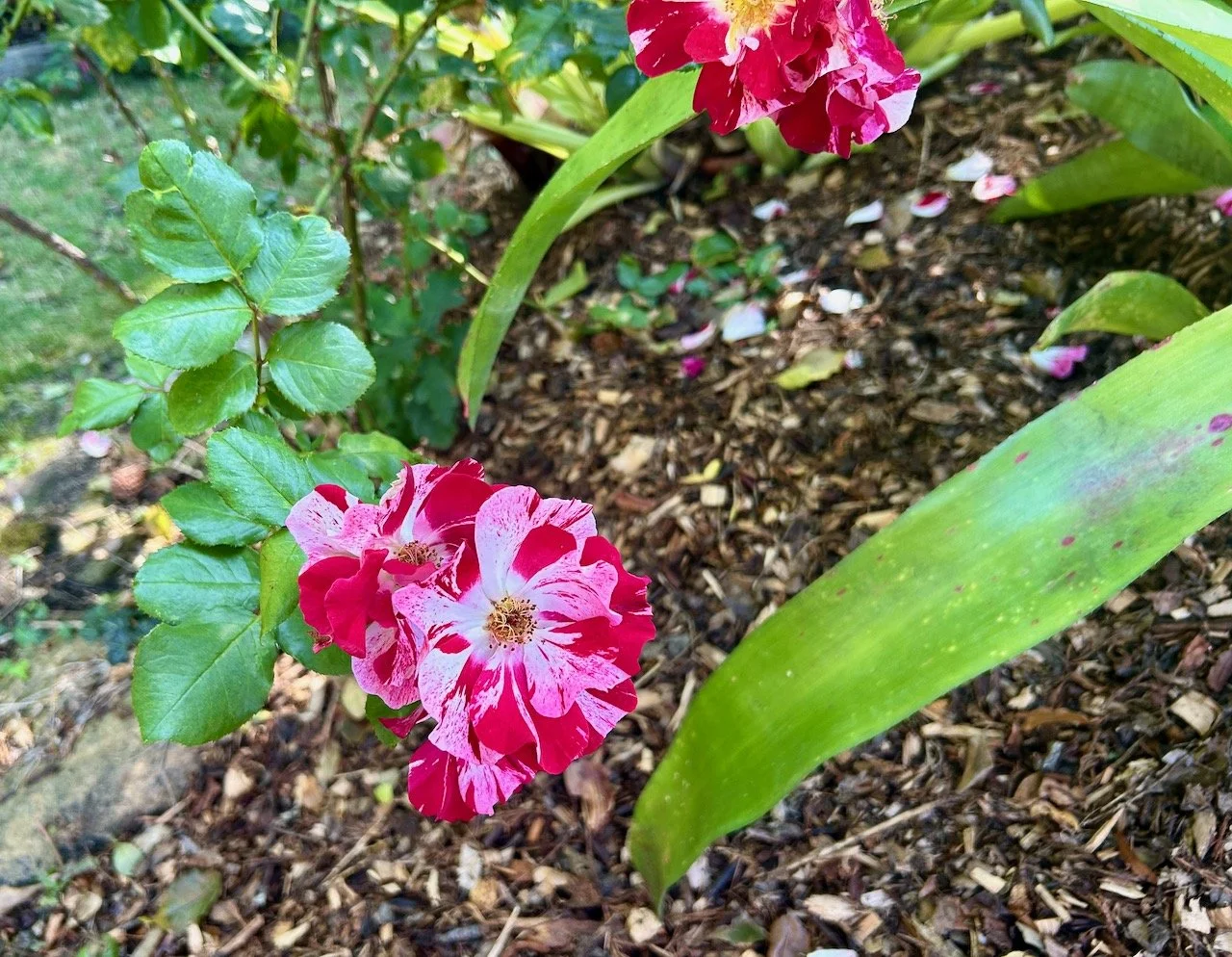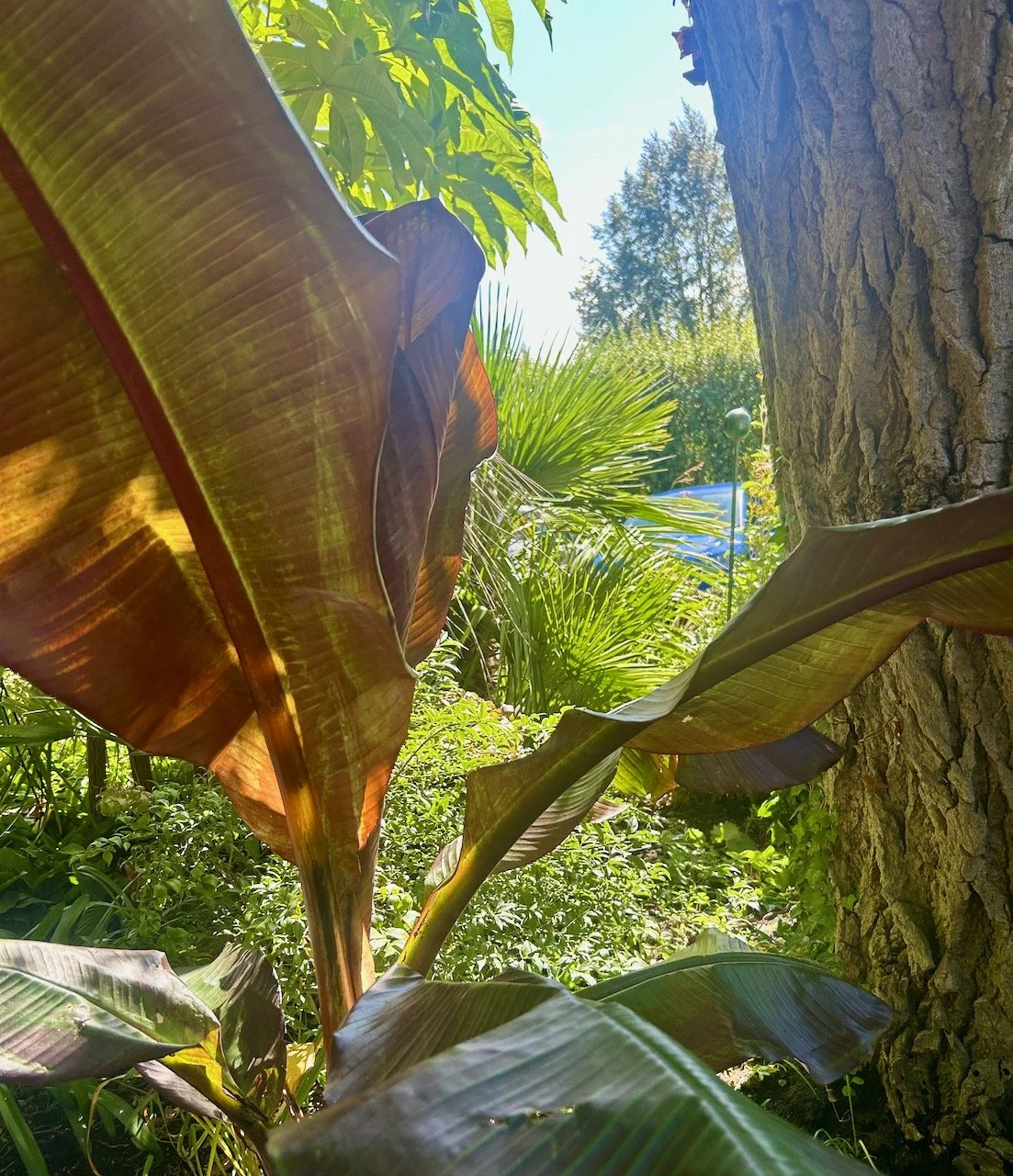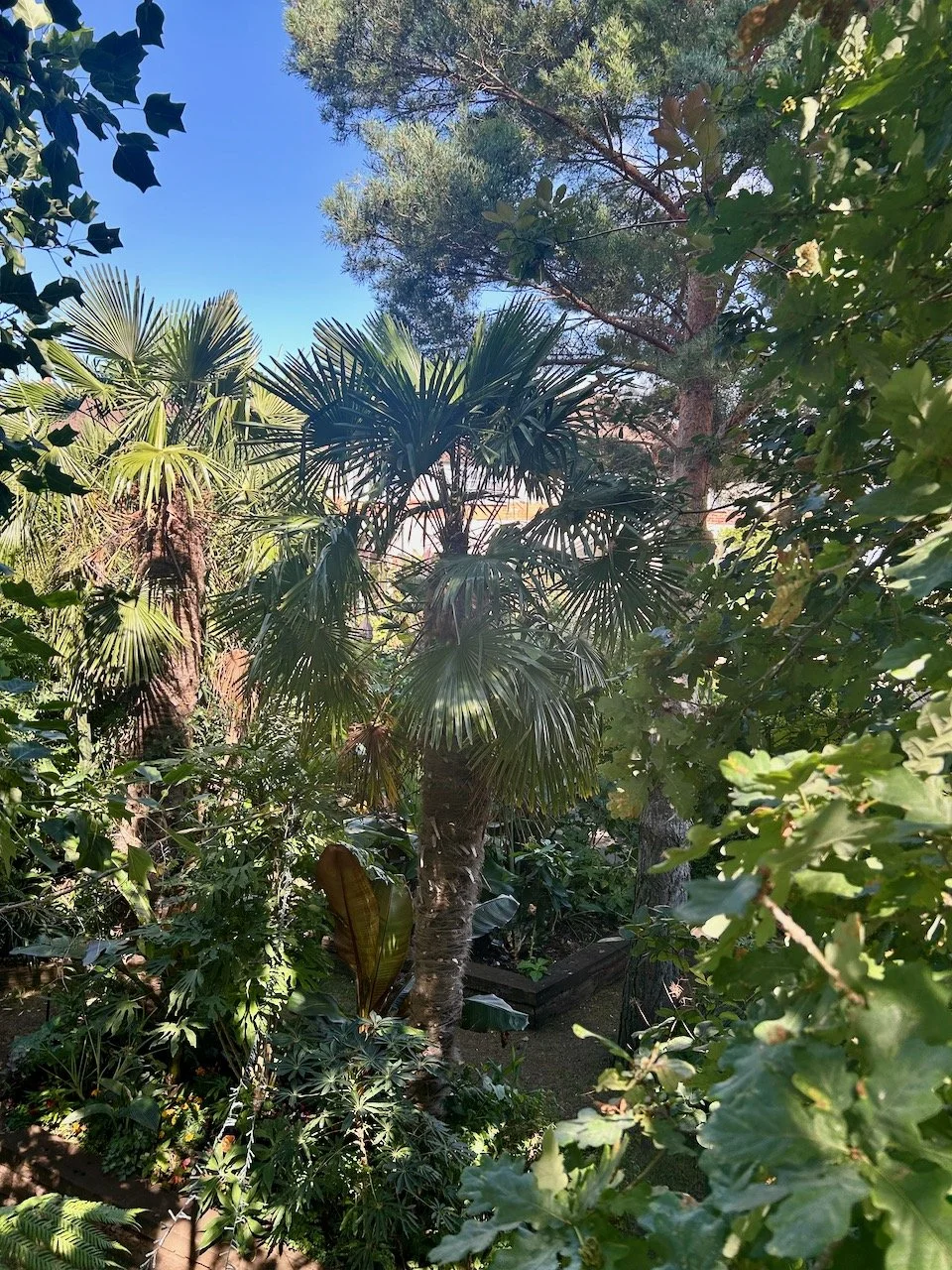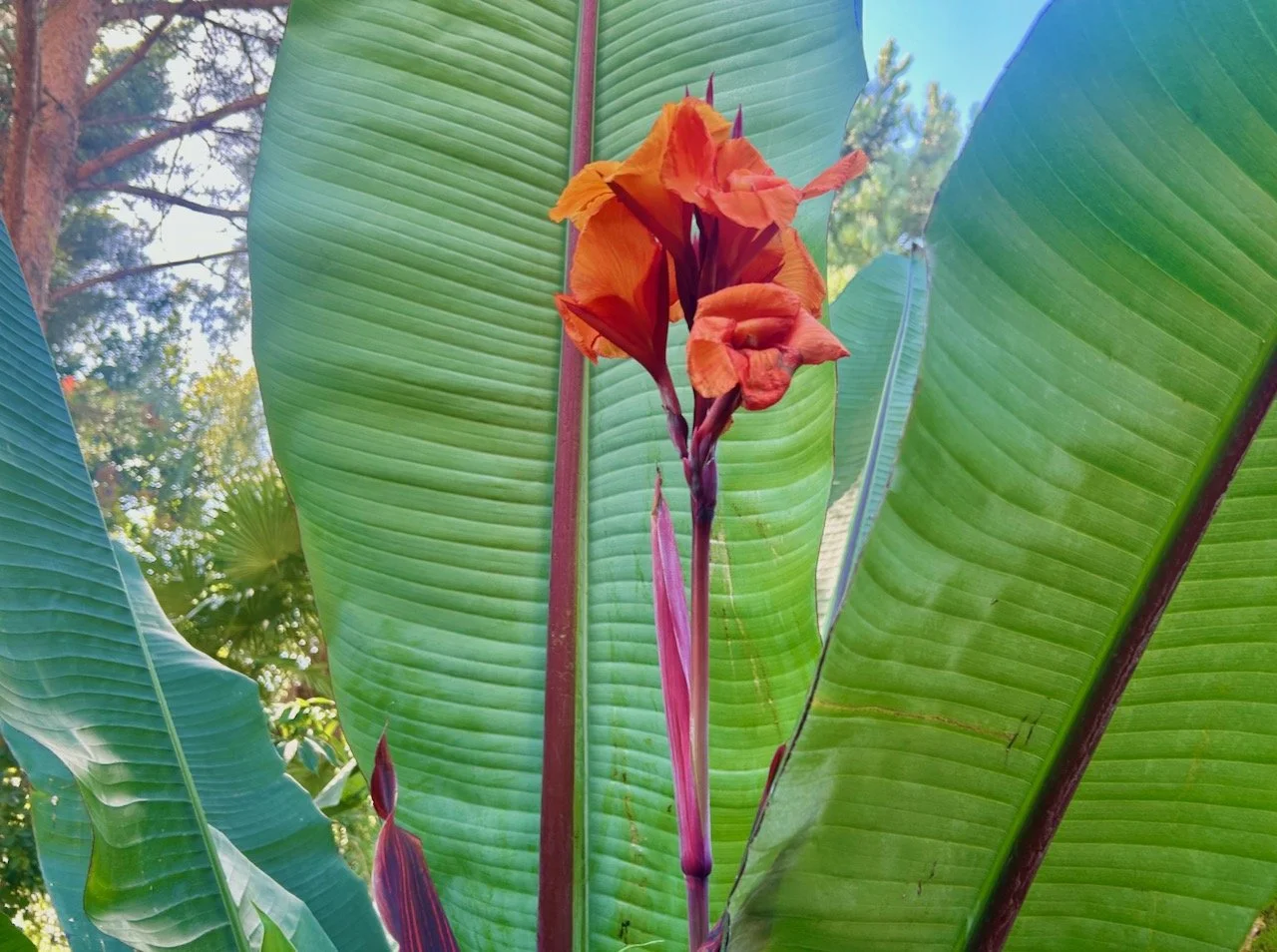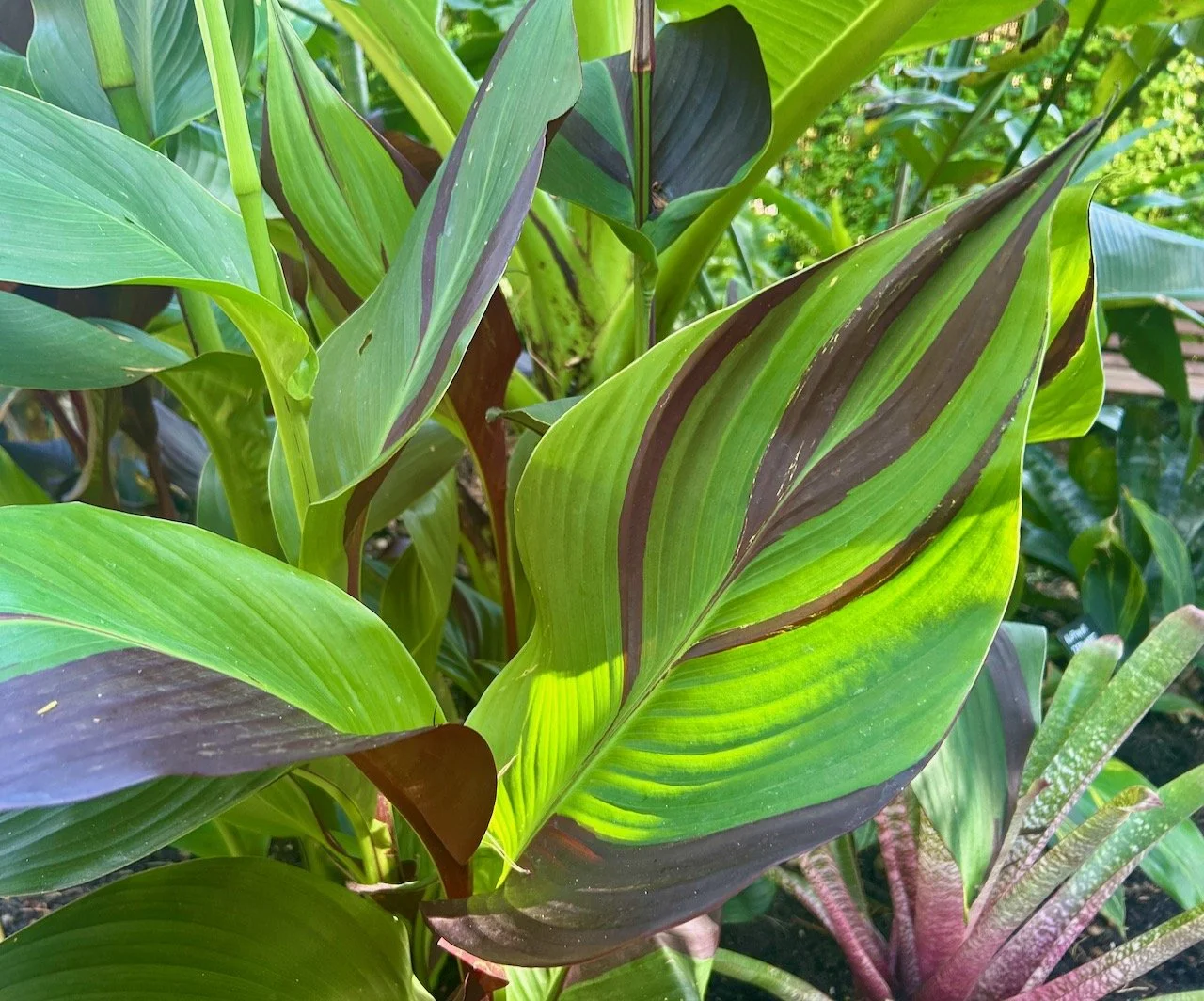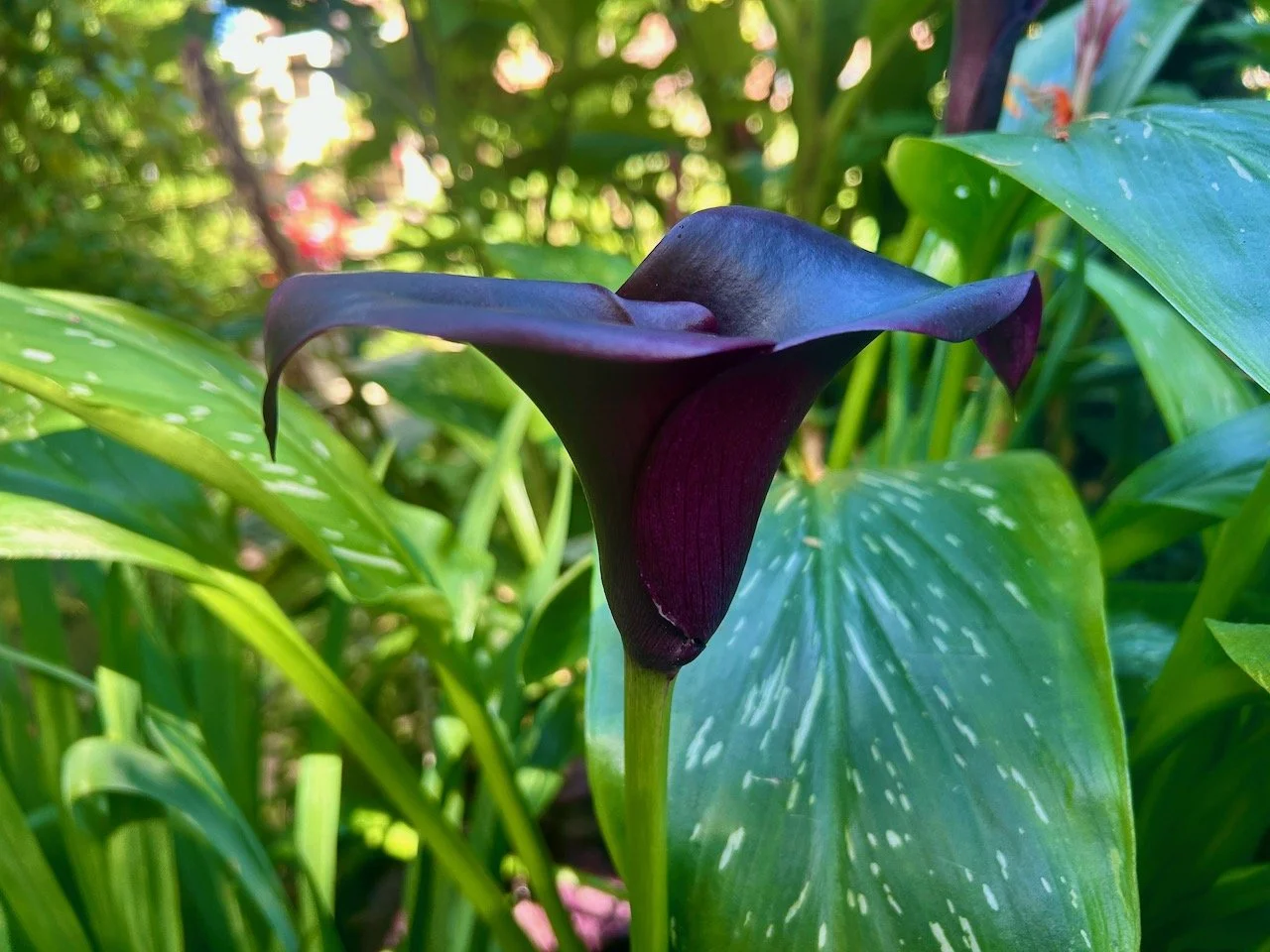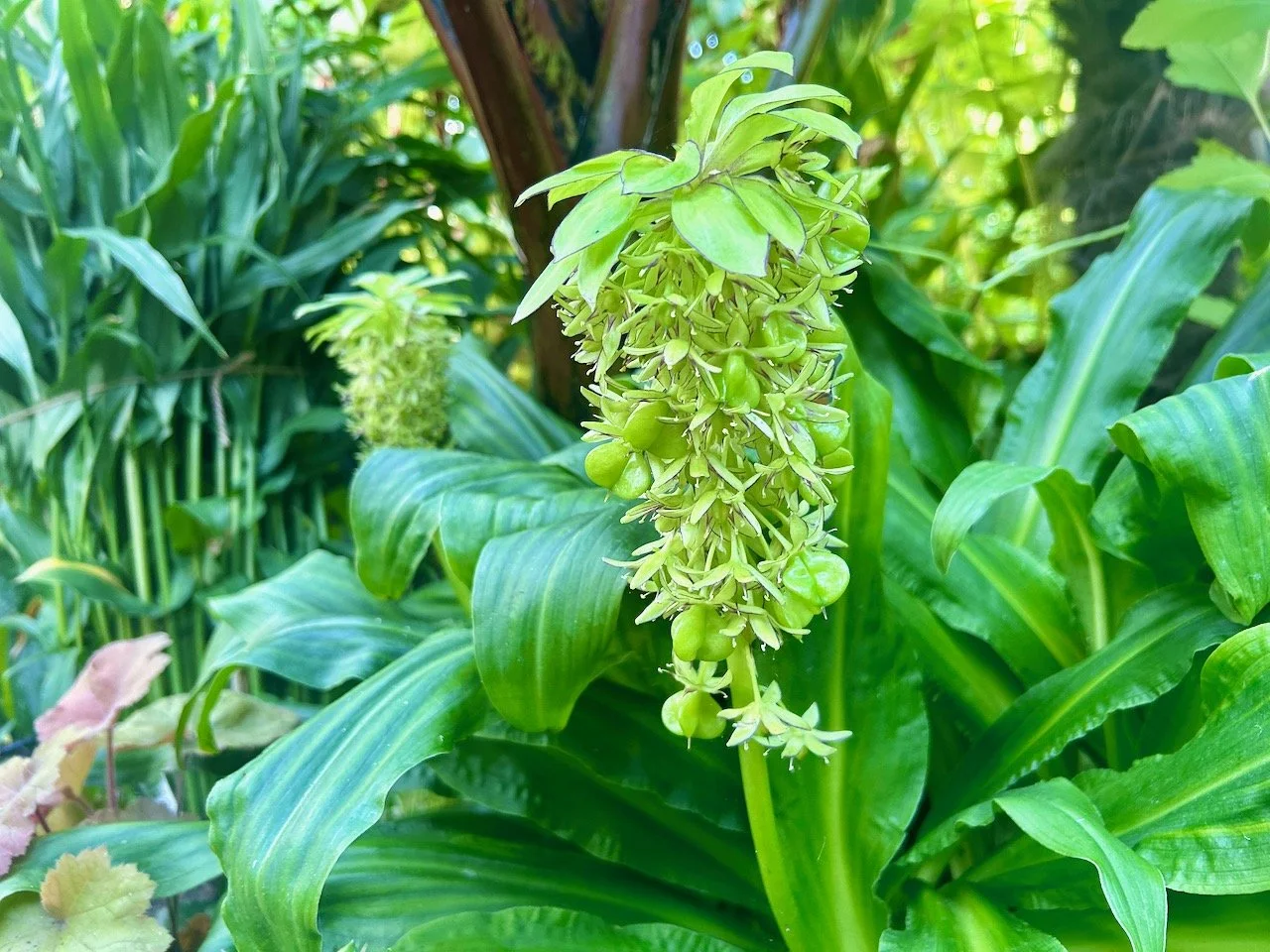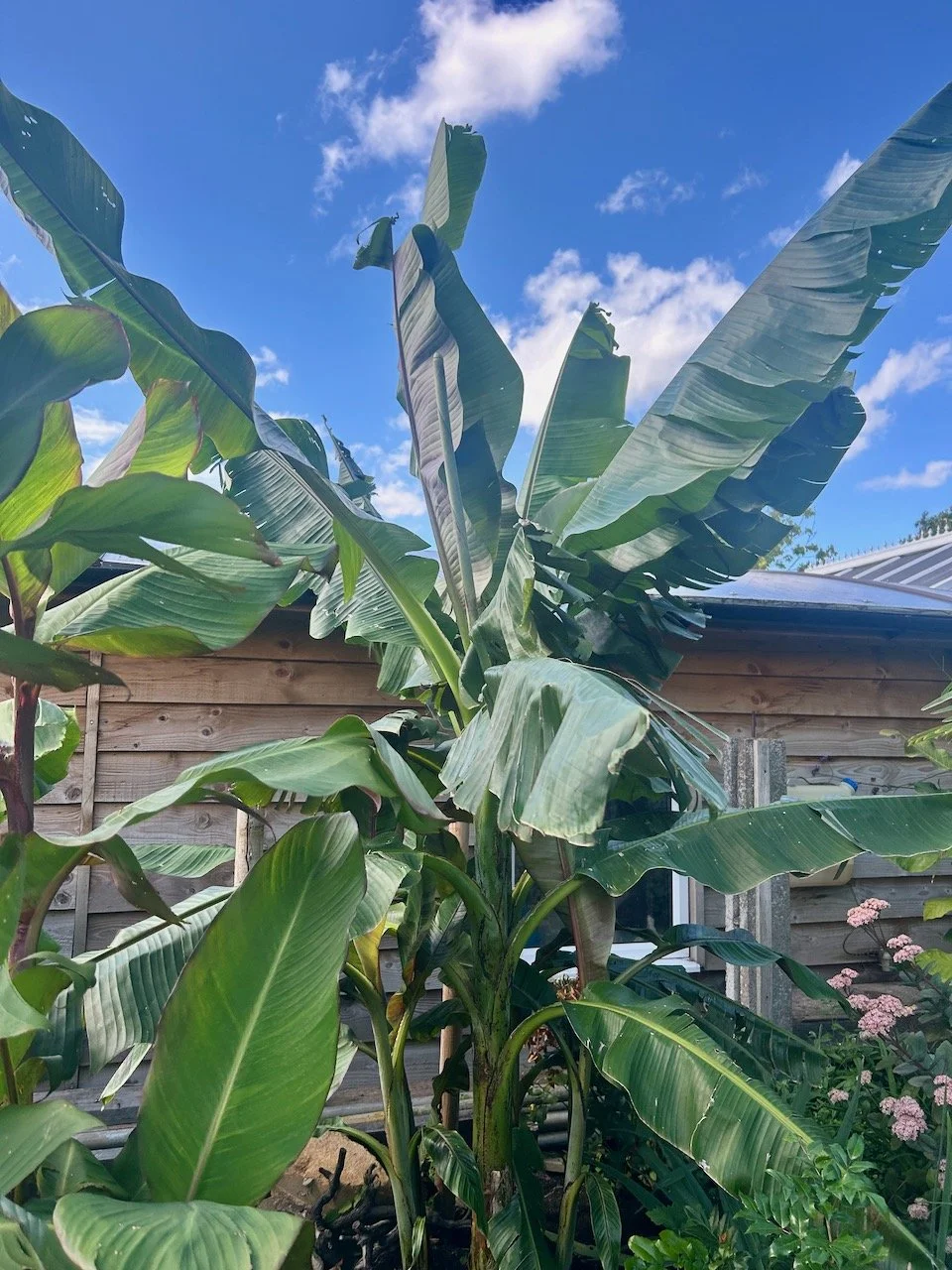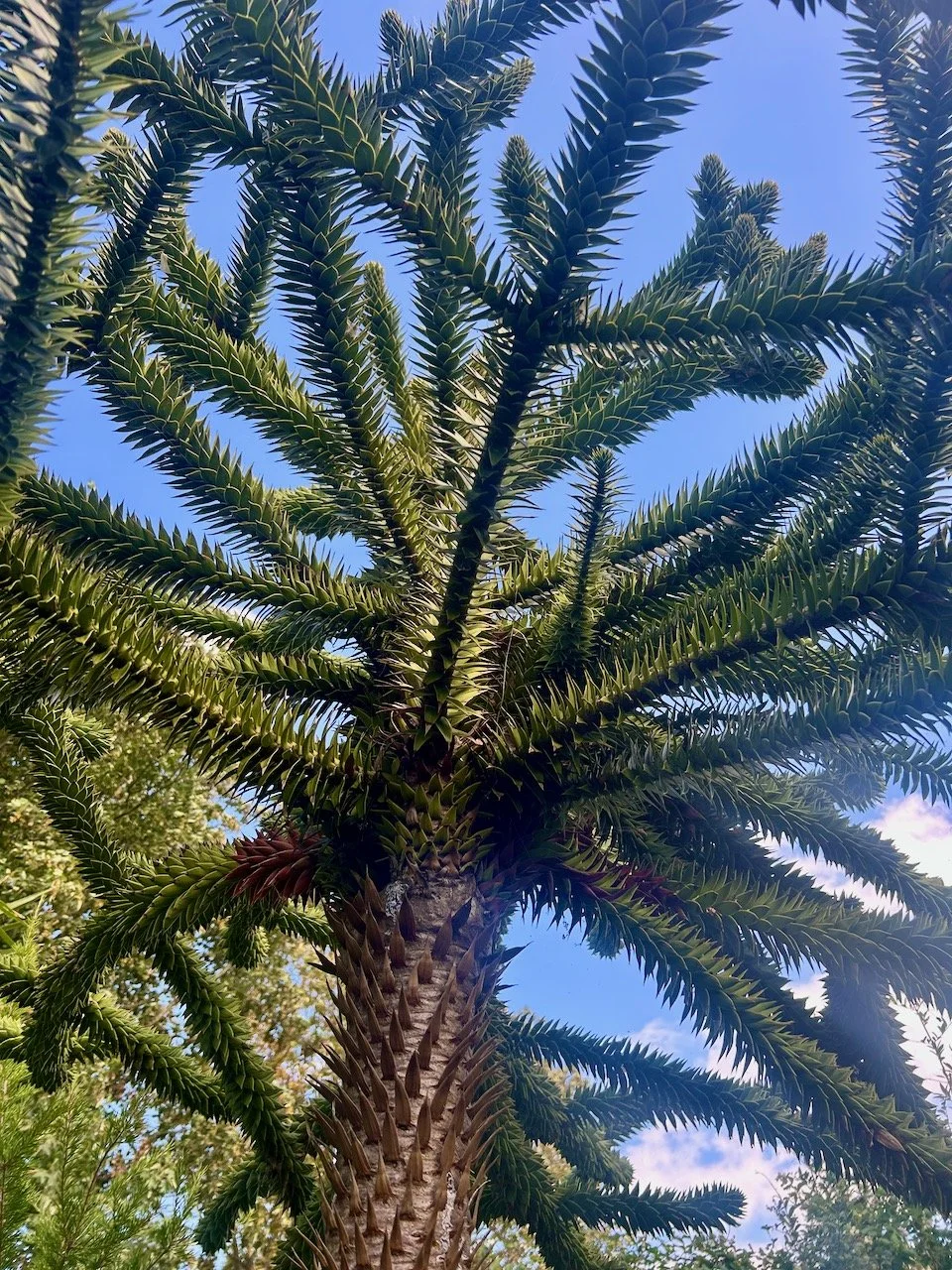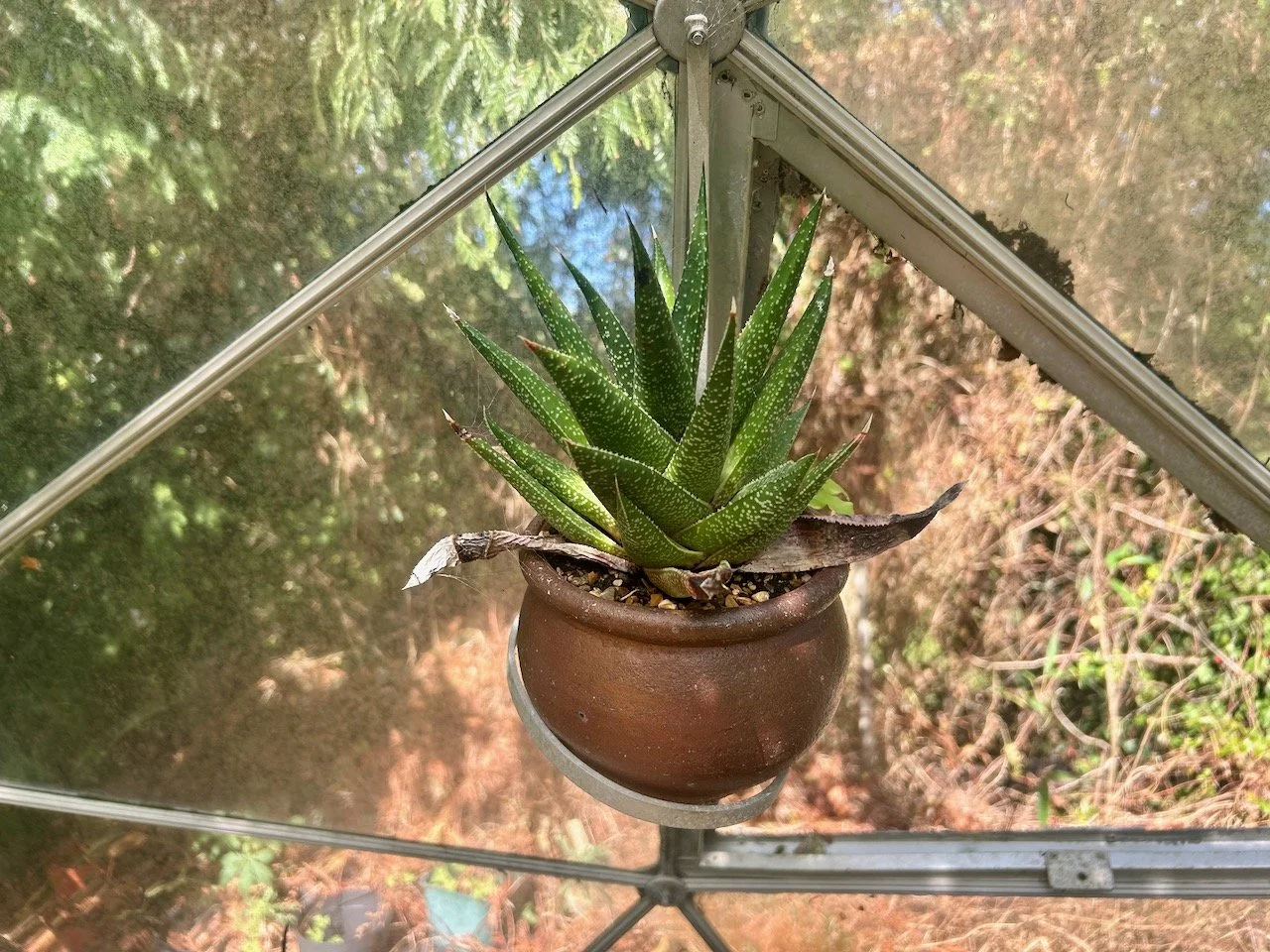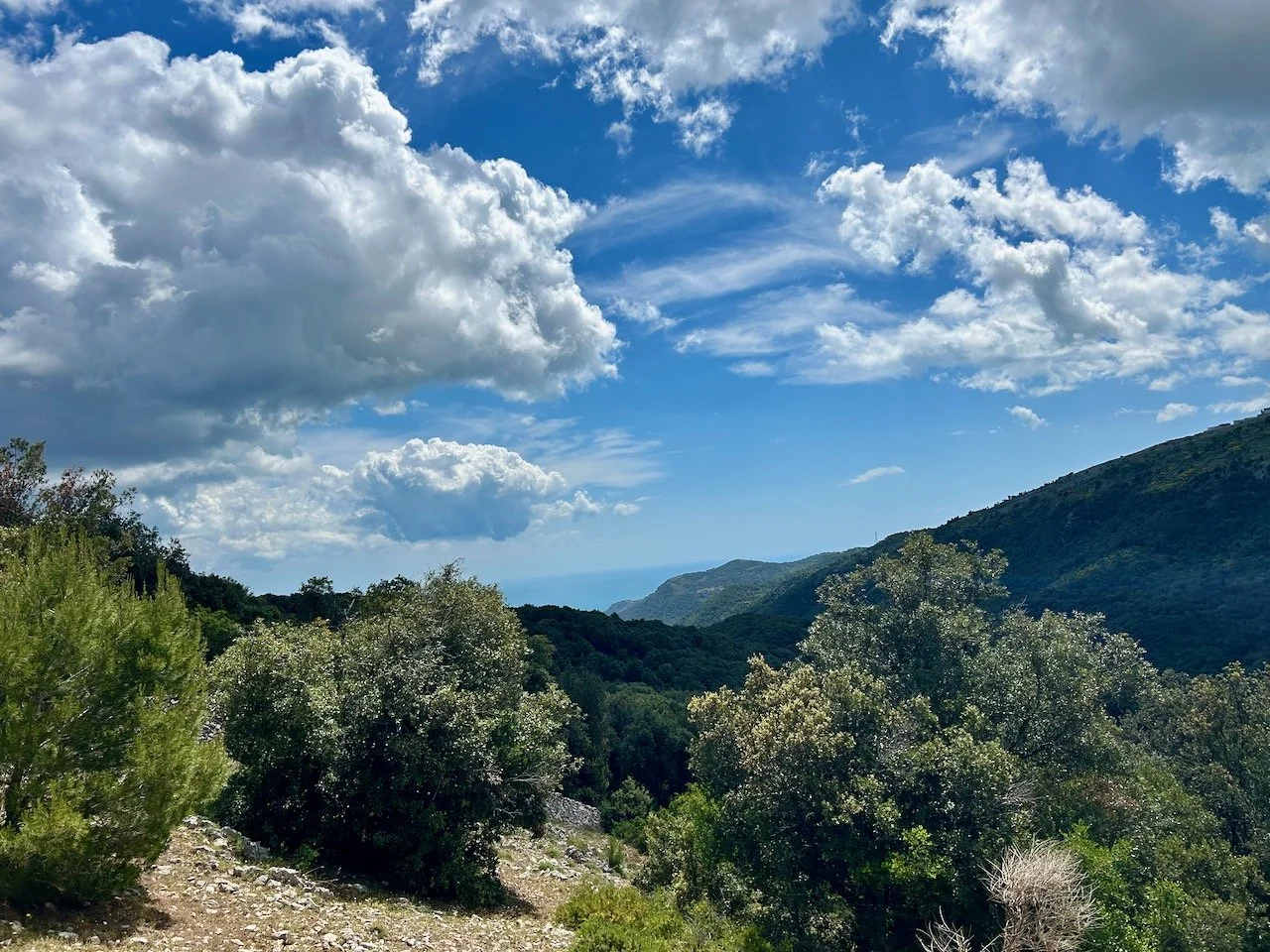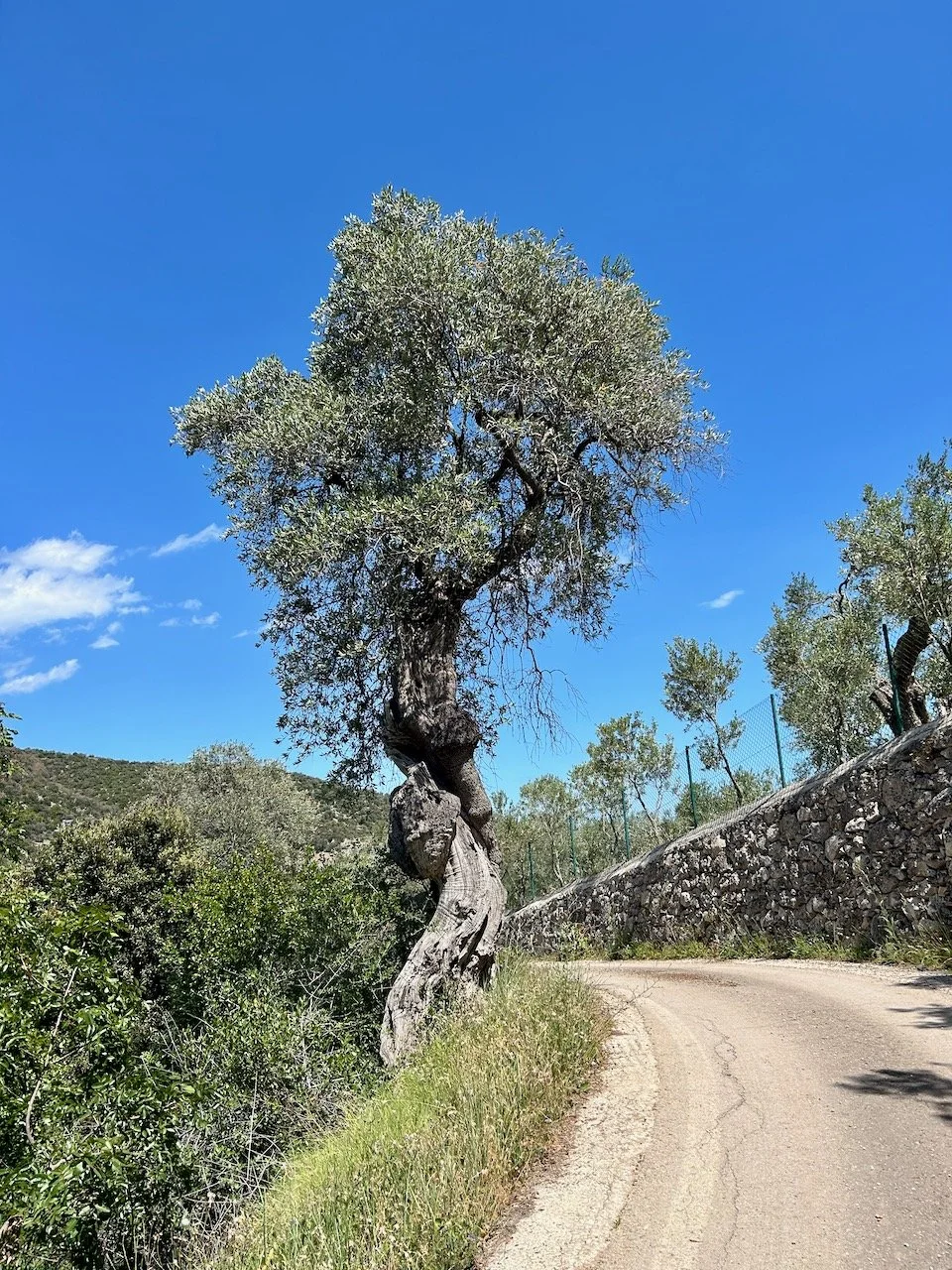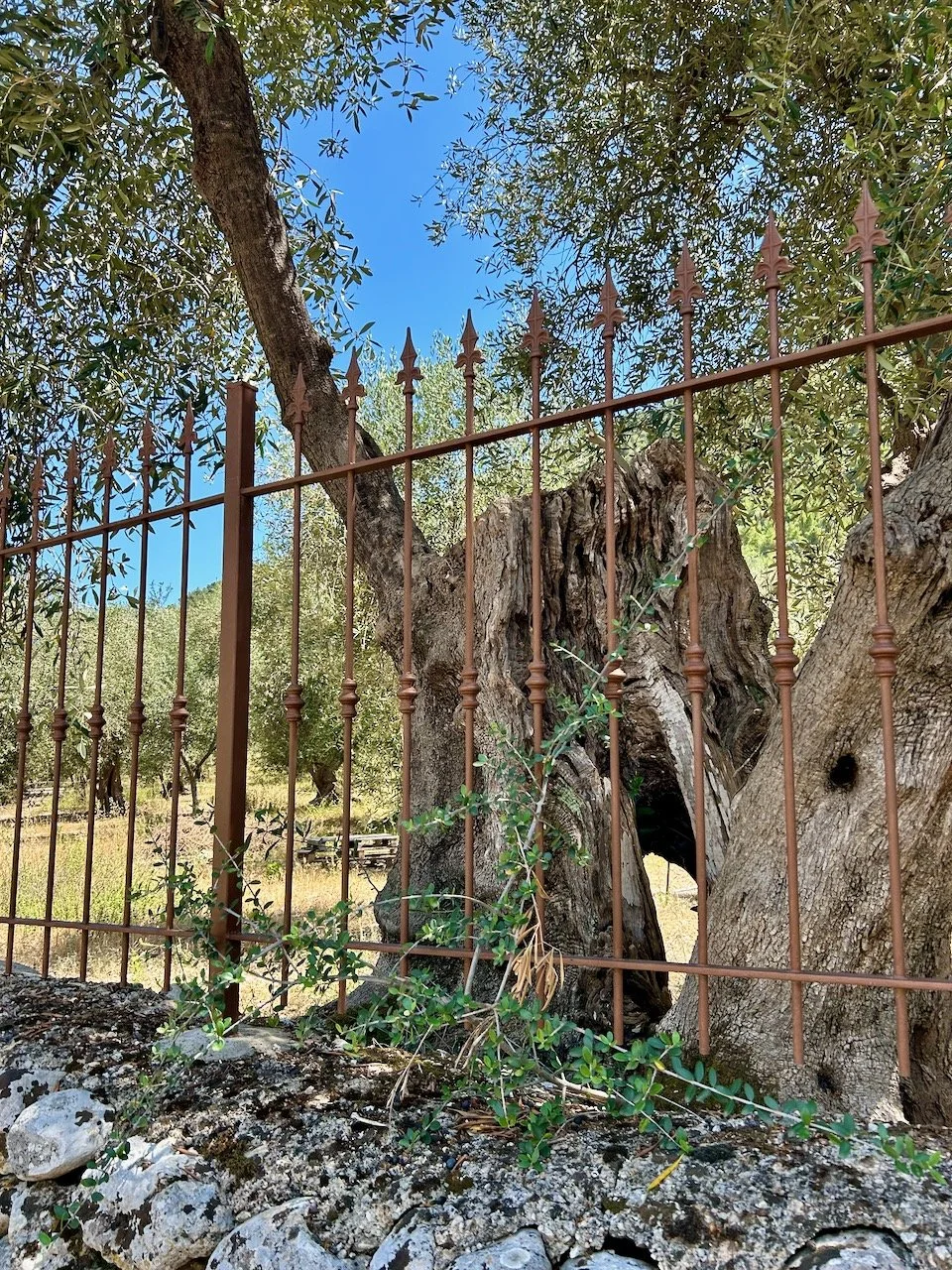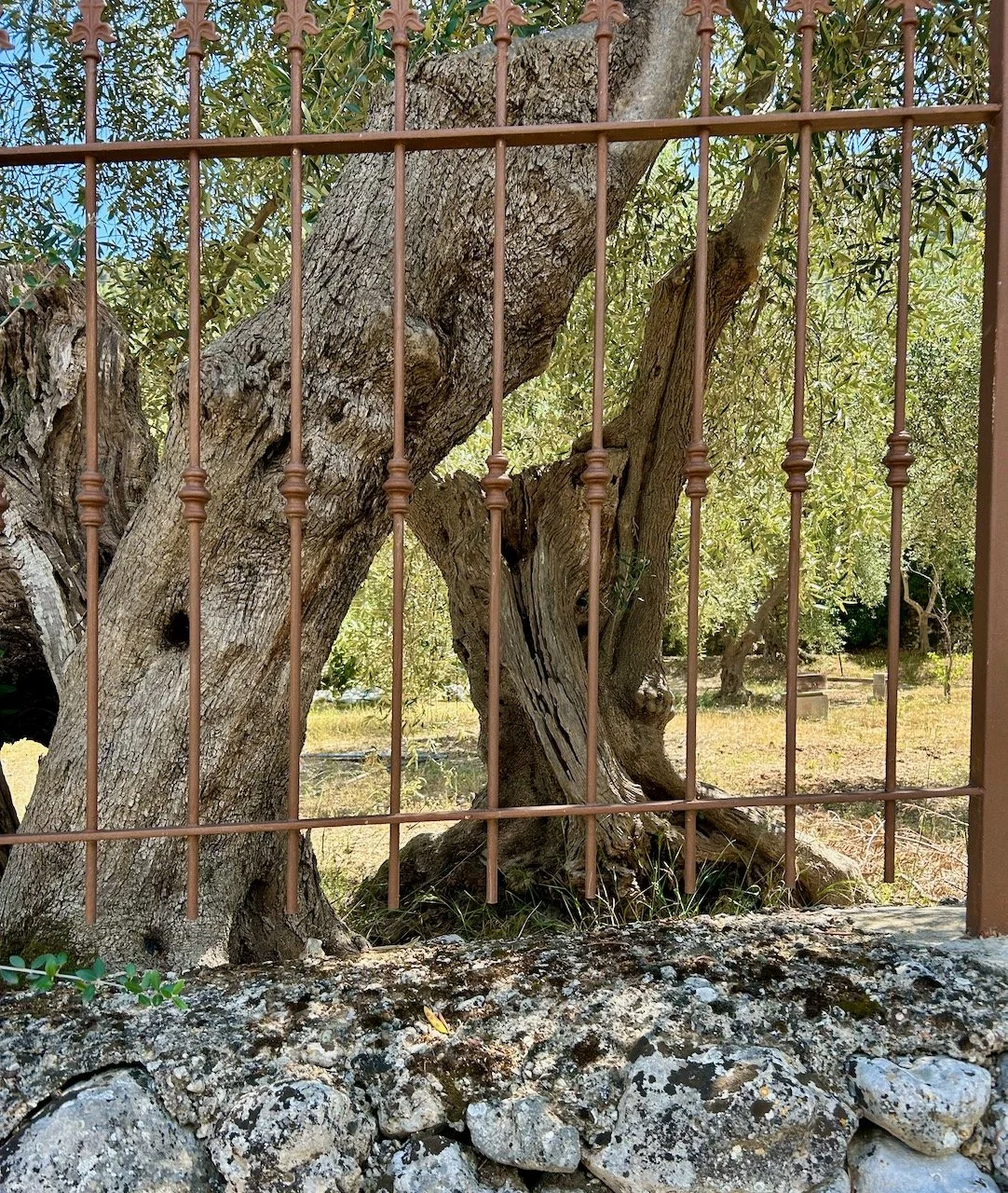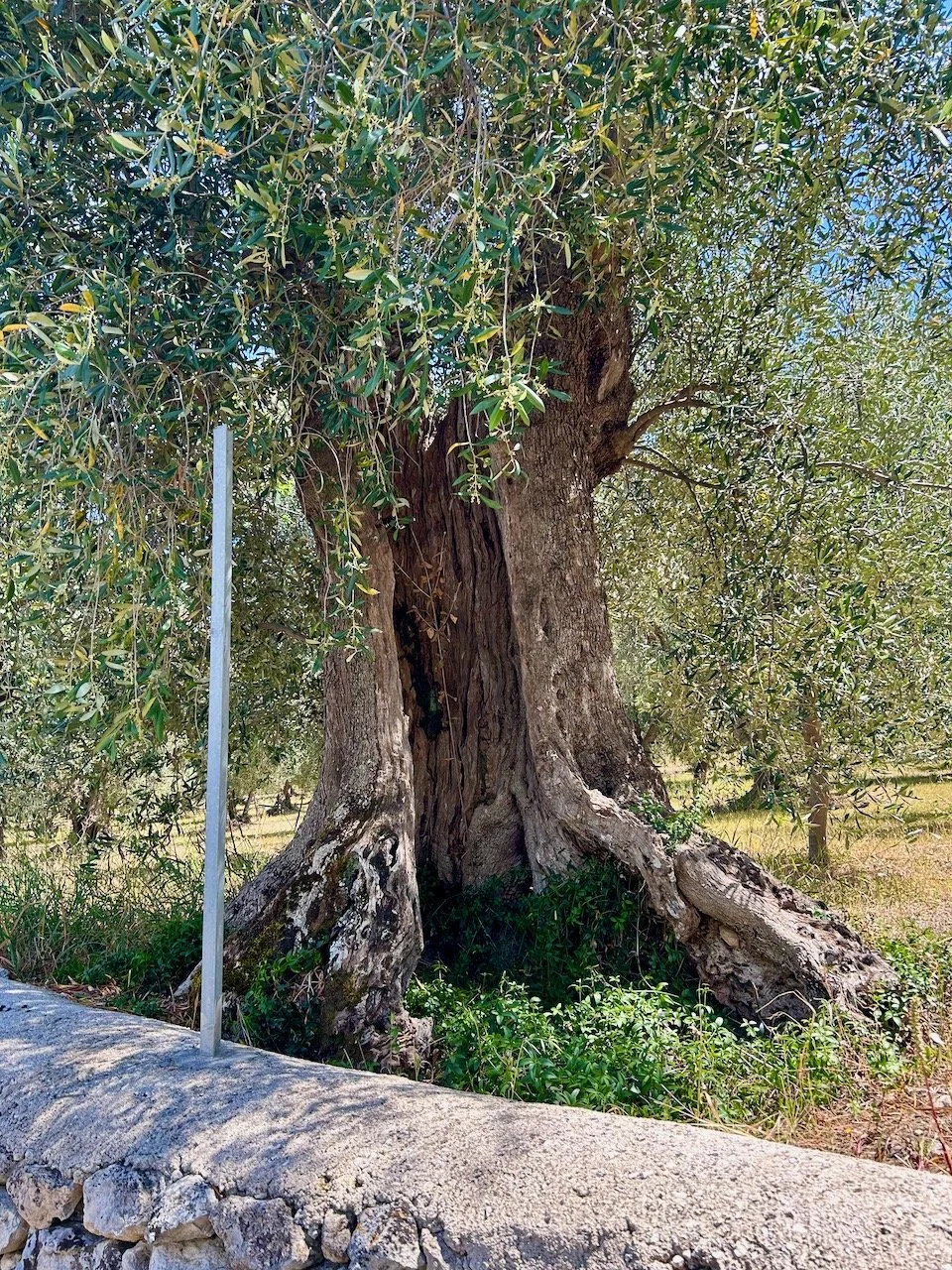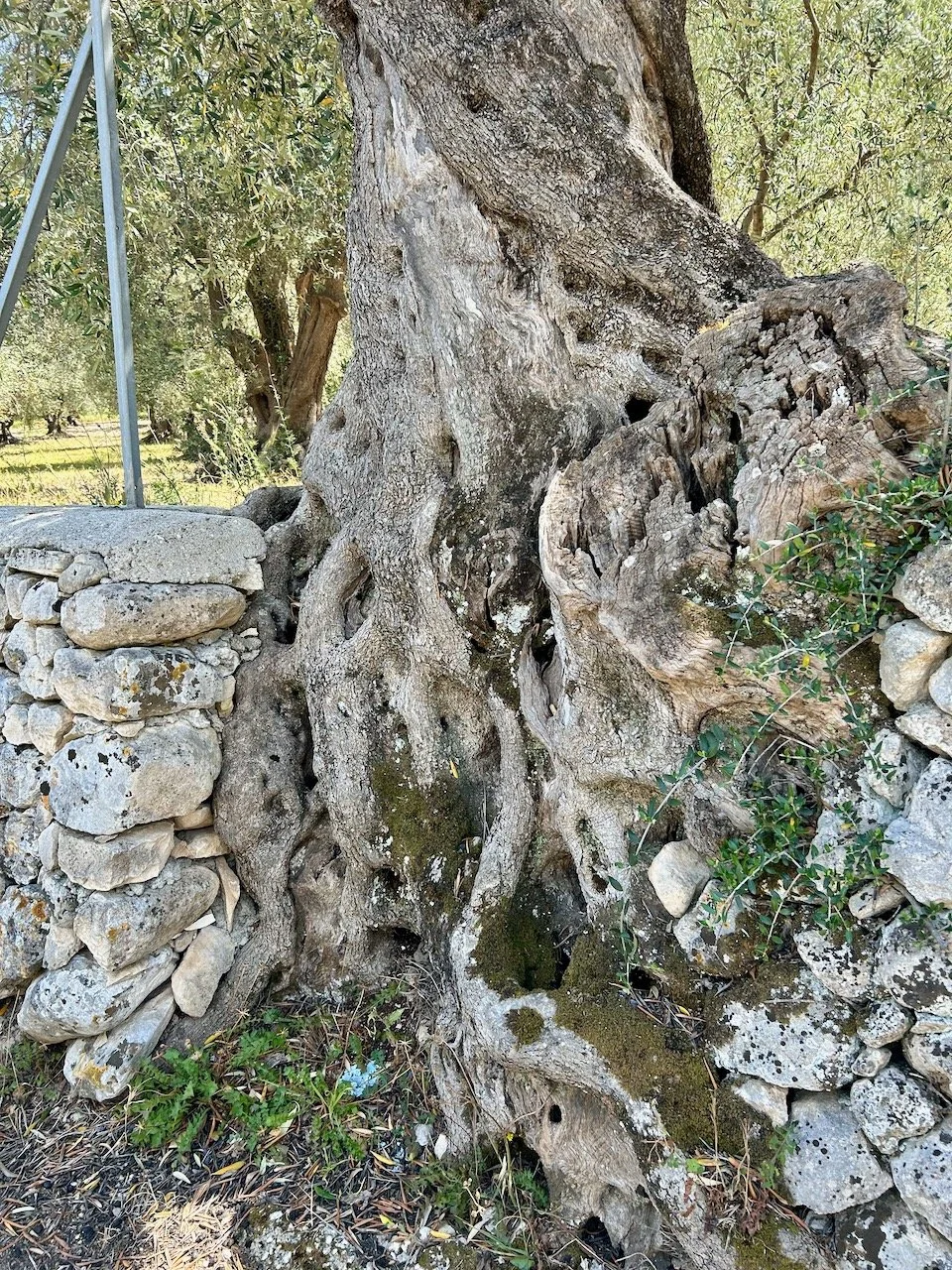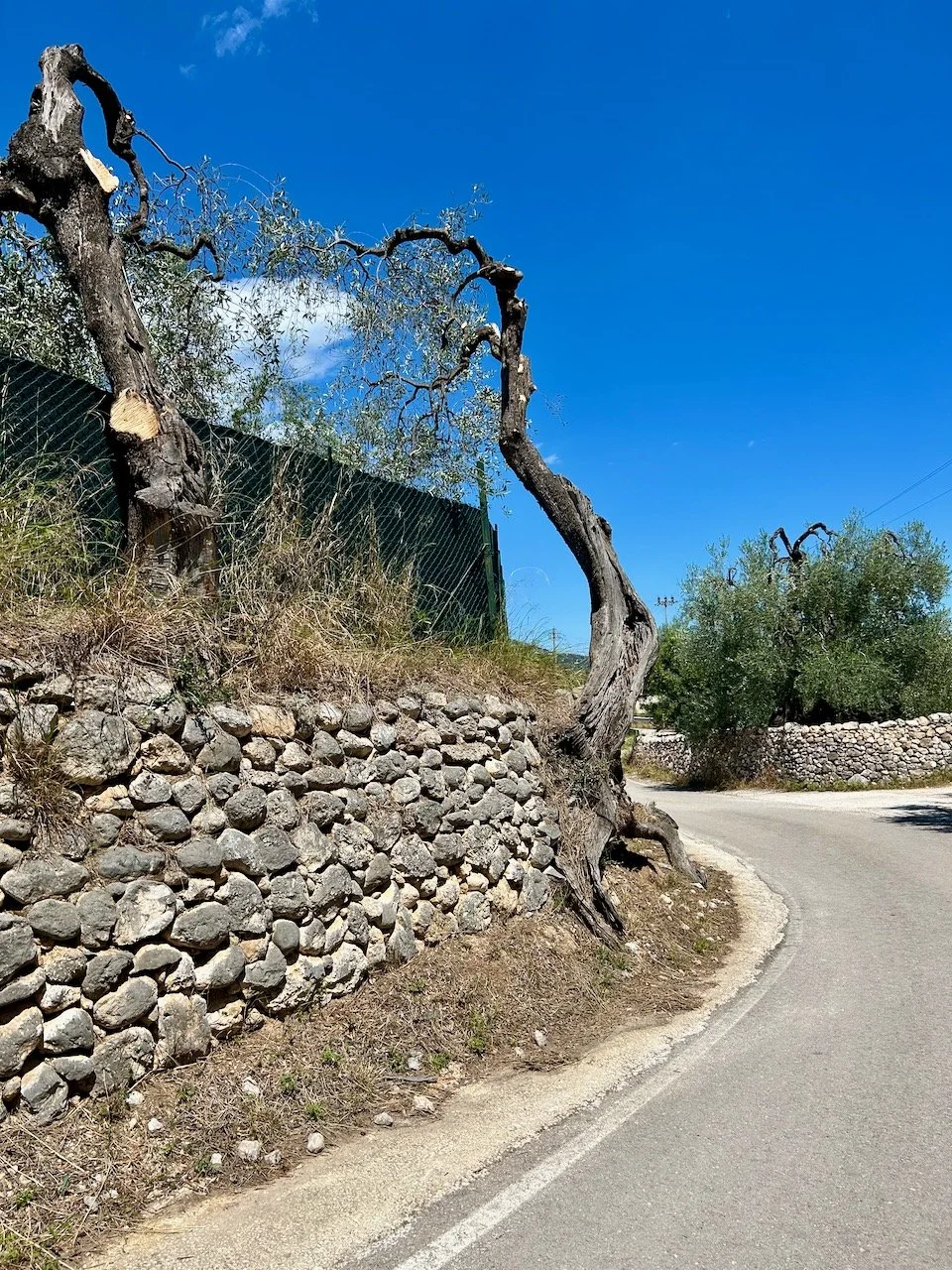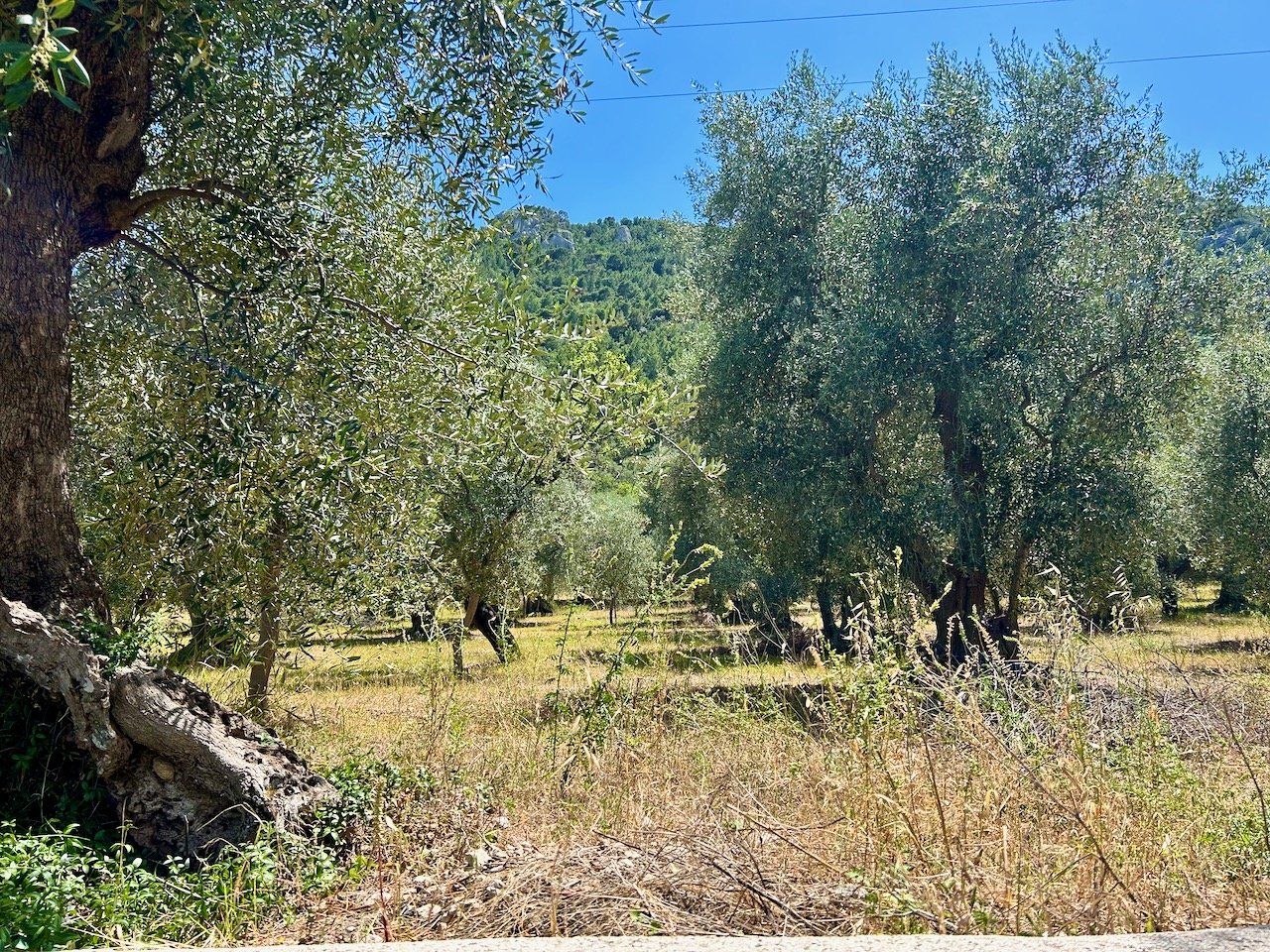Yes, you read that right. A while back I spotted Honeytrees tropical garden in a local Facebook group, and my interest was piqued. It’s close to us, a little over ten miles away and never in my wildest dreams did I imagine anything quite so lush, or tropical so close by. I also spotted that they planned to open every weekend in August as part of the National Garden Scheme. As MOH has long had a hankering for including a banana tree in the plans for our garden it made sense to go along - we managed to get there on the last day of August, and their last day of opening for the year - phew.
It was amazing. Packed full of plants, and then some more on top of that.
And on this chilly December day I thought I could do with a burst of tropical colour. What I didn’t really expect to see though was some roses, but I did.
The garden was packed full of plants and structures including a viewing platform - and while it was a relatively large plot it wasn’t overly huge. It just goes to show that you really can transform spaces with some thought, and a lot of passion.
For MOH it’s the colour of the cannas, and the scale of the banana plants that appeal to him. For me it’s the multicoloured foliage and less than usual shapes.
And as we went around the garden, each turn wowed us more. I’m not about to turn my plot into a tropical garden - I’ve seen how much work goes into this garden - but I would like to incorporate some of the plants we saw when we visited.
Maybe not a monkey tree though…
With so many tropical plants and not so tropical winters, many of the plants needed to be sheltered at this time of year. There were a lot of pots, but also a lot of plants already in hot houses, which were already pretty hot back in August.
The work I mentioned before included lots of propagation, and I mean lots!
Some of the plants were for sale, and we were sorely tempted. But in the end we left empty handed but with a bit more knowledge about caring for the plants, and knowing that we’d be back again to visit and at some point likely to be ready to make a purchase too, but not until we’ve got somewhere to overwinter it properly to give it the best chance of surviving, and that could be a little while yet - no doubt much to MOH’s frustration.




